Population and Social Characteristics
This State’s Population Will Grow 35% by 2040

Published:

Population overgrowth is pushing our planet to the point of ecological collapse, as Earth’s numbers continue to explode. Decreased infant death rate, lack of female sex education, and underutilized contraception all contribute to this crisis. Due to these and other factors, by the end of the century, population is estimated to hit over 10 billion. This rapidly increasing population will lead to increased demand on resources, higher conflict, and worsening effects of climate change.
In 1800, there were merely 1 billion people across the globe. Today, our world is made up of over 8 billion people. The fastest growing countries in terms of numbers are the African nations of South Sudan, Niger, and Angola. Though the U.S. isn’t anywhere close to the top of this list, it is still seeing steady population growth.
To determine which states will contribute to the national population growth and which will detract from it, 24/7 Wall St. reviewed the National Population Projections study. All states and the District of Columbia are ranked here by their projected population growth from 2020 to 2040 population.
We added information about the states to provide more context as to possible population growth trends. For one, past population growth, from 2000 to 2020, came from the Census Bureau’s decennial censuses. Gross domestic product in current U.S. dollars, as well as five-year real GDP growth, came from the U.S. Bureau of Economic Analysis (the comparable national value for GDP growth is 2.2%). Median home values for each state came from the Census Bureau’s 2022 American Community Survey (the national median home value is $320,000).
Nine states are actually projected to lose population, five of them in the Northeast, two in the Midwest, and two in the South, including West Virginia, which is projected to lose over 7% of its population by 2040. At the other end, the populations of nine states and the District of Columbia are projected to grow by more than 25% by 2040. While Texas is the state with the largest projected population growth, at more than 35%, the District of Columbia’s population will soar by nearly 45% by 2040.

What makes a state a nice place to live is certainly subjective. For some, population statistics may directly affect one’s decision to move to any particular area. Those of us who appreciate the hustle and bustle of busy streets may not mind moving to Texas, where population will increase by 35%. For those of us looking for seclusion and quiet, West Virginia may be the best option, as its growth is at -7.78%.
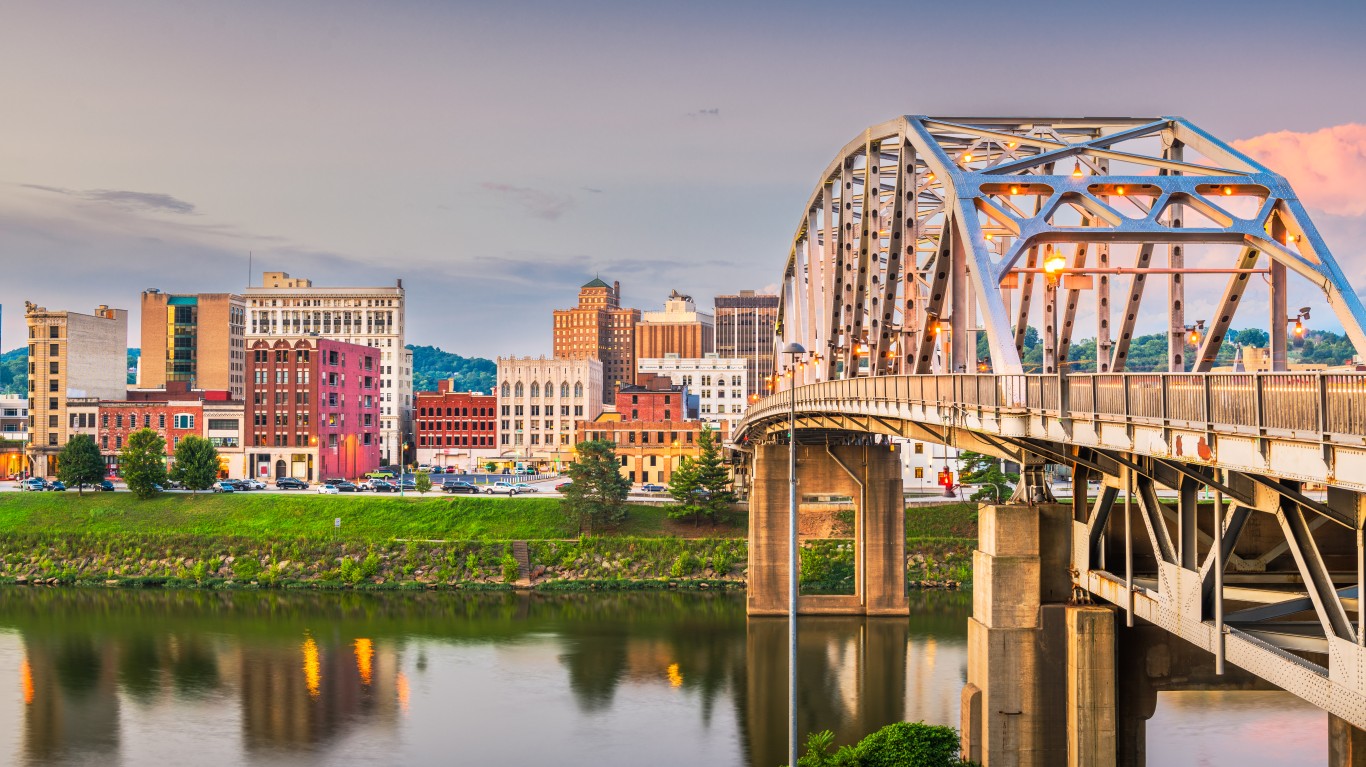
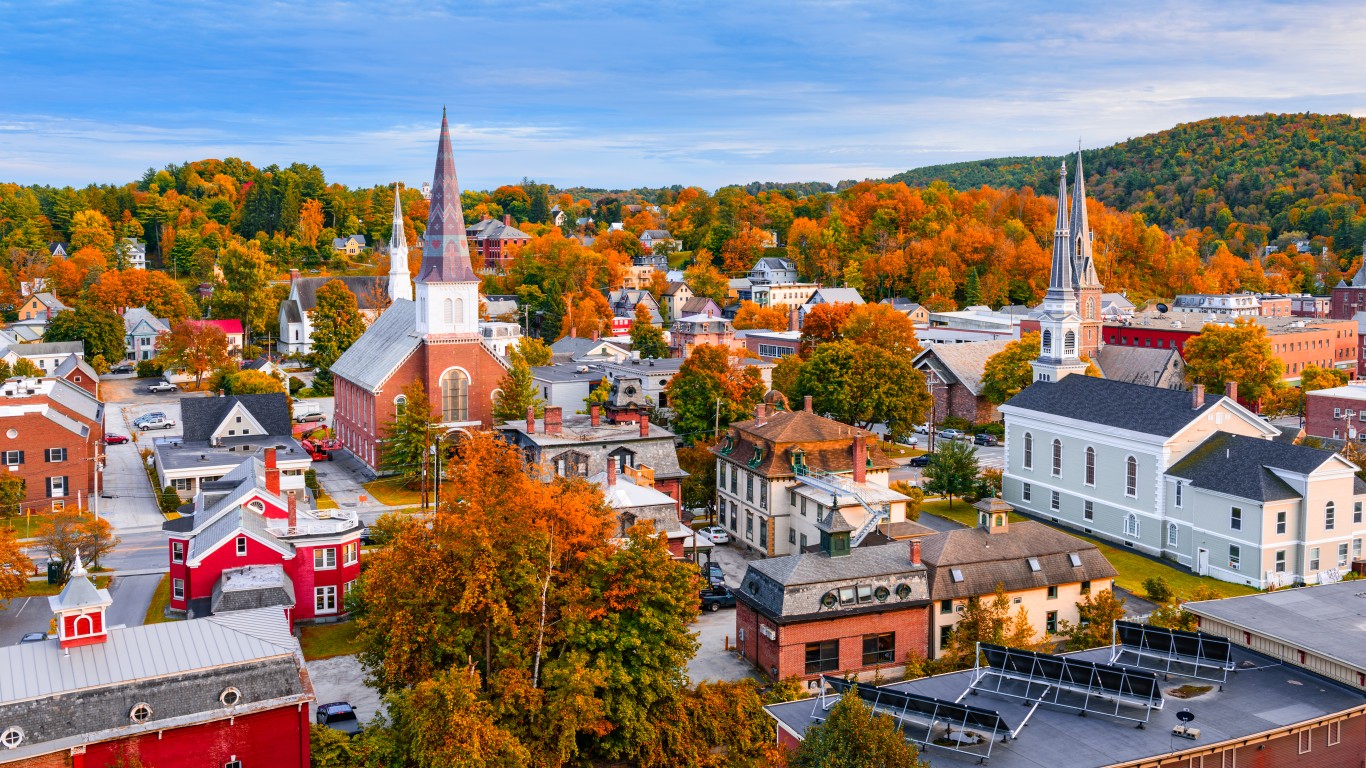
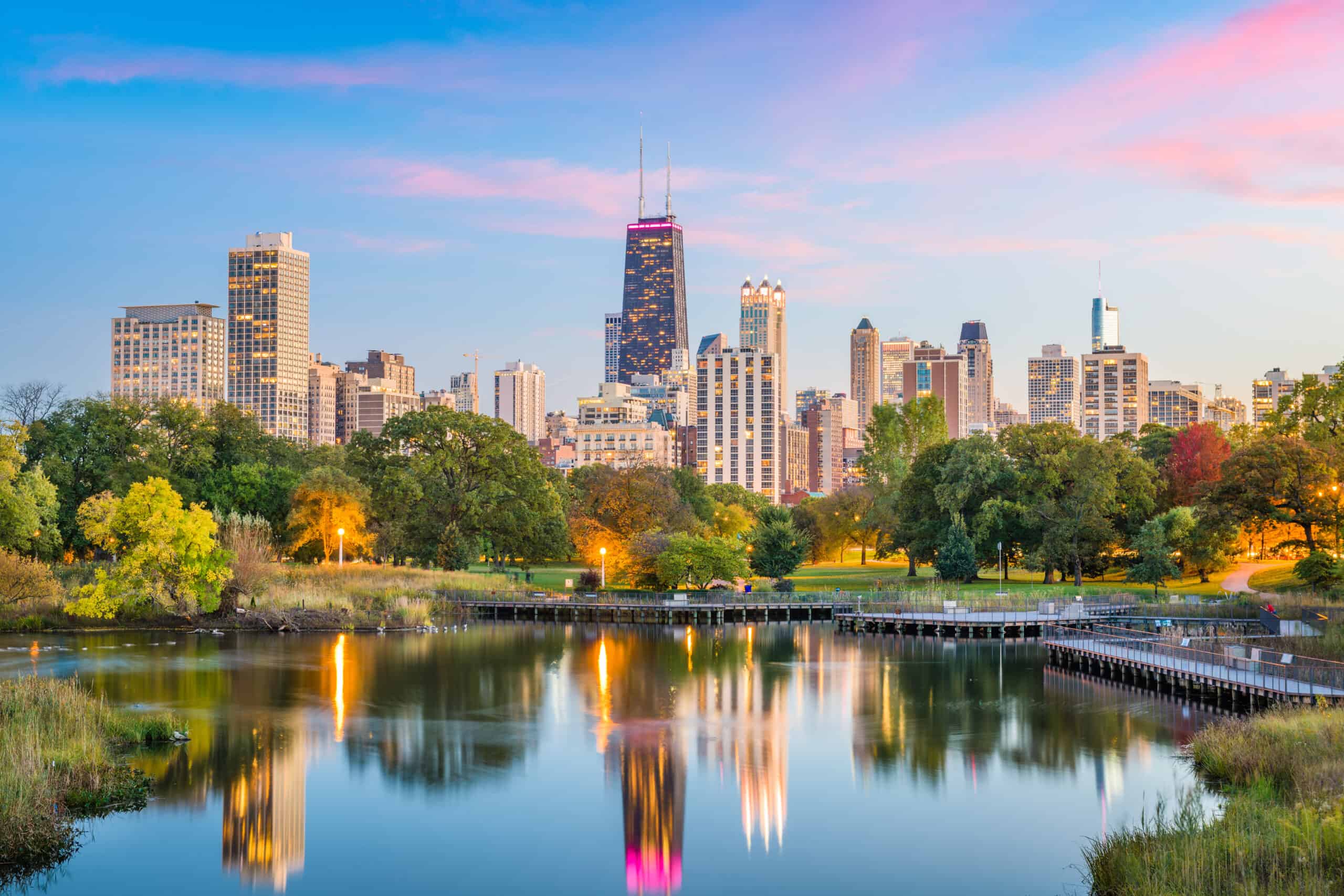
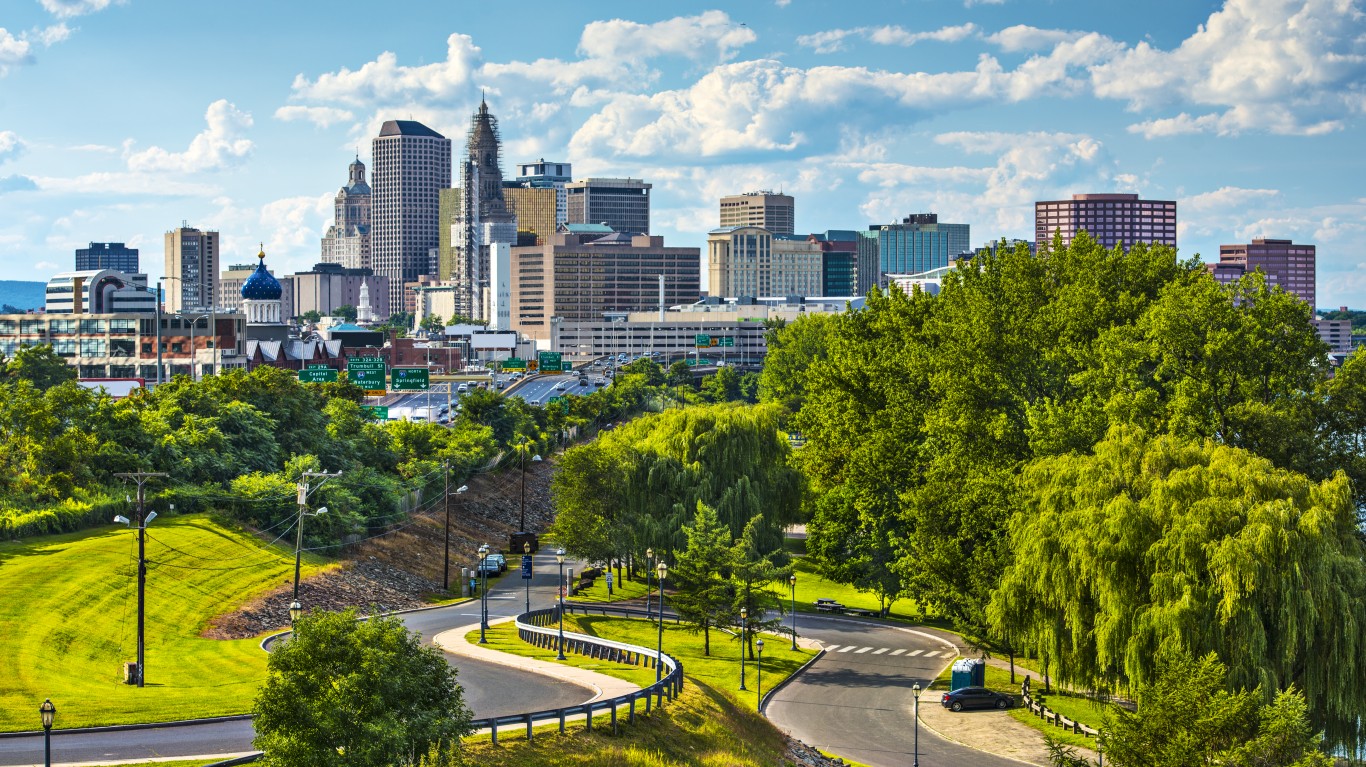
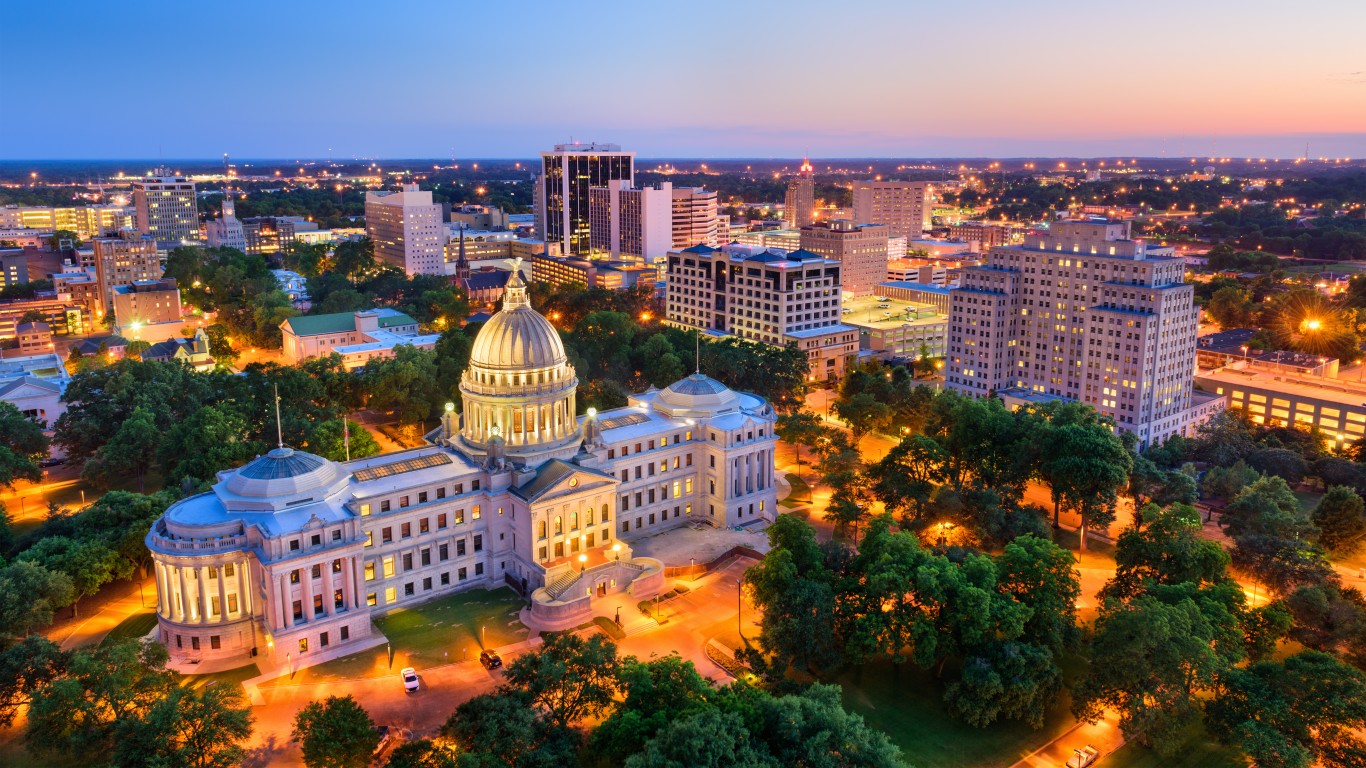
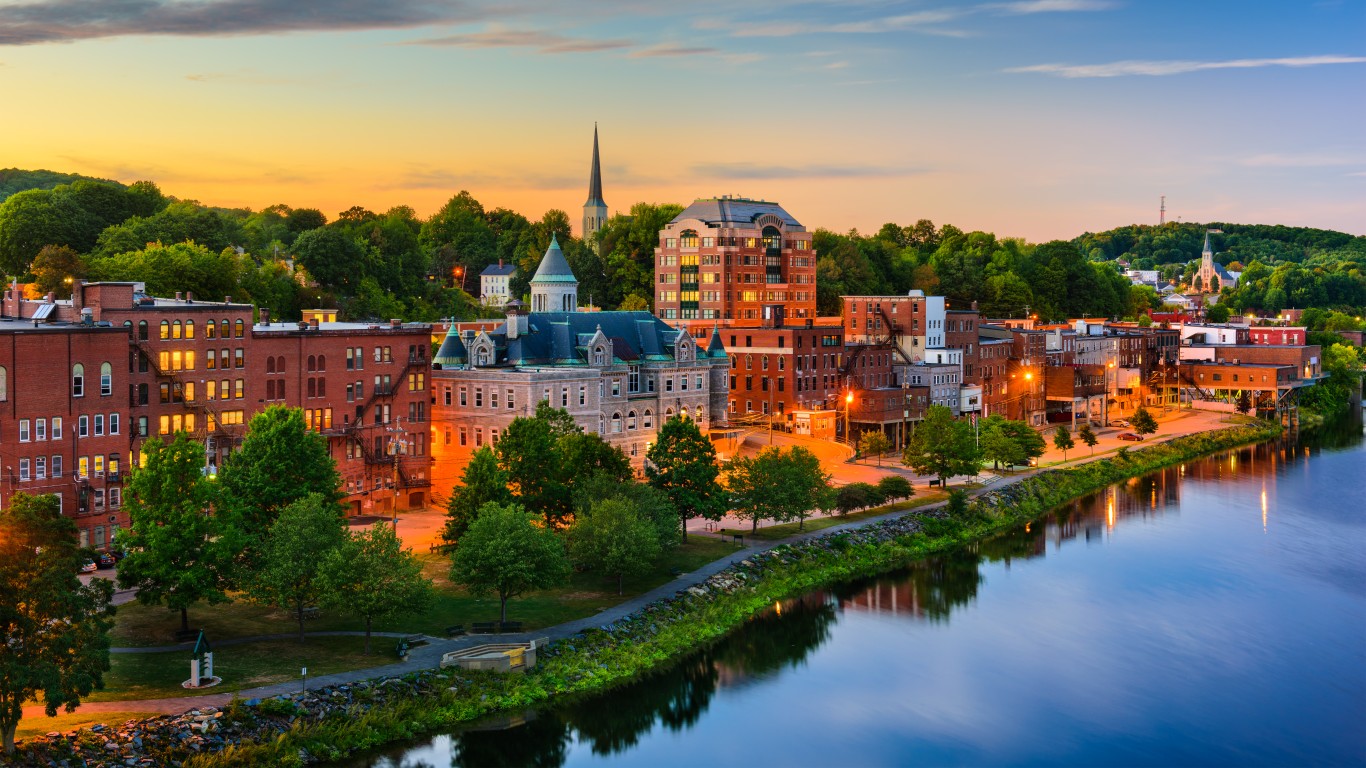
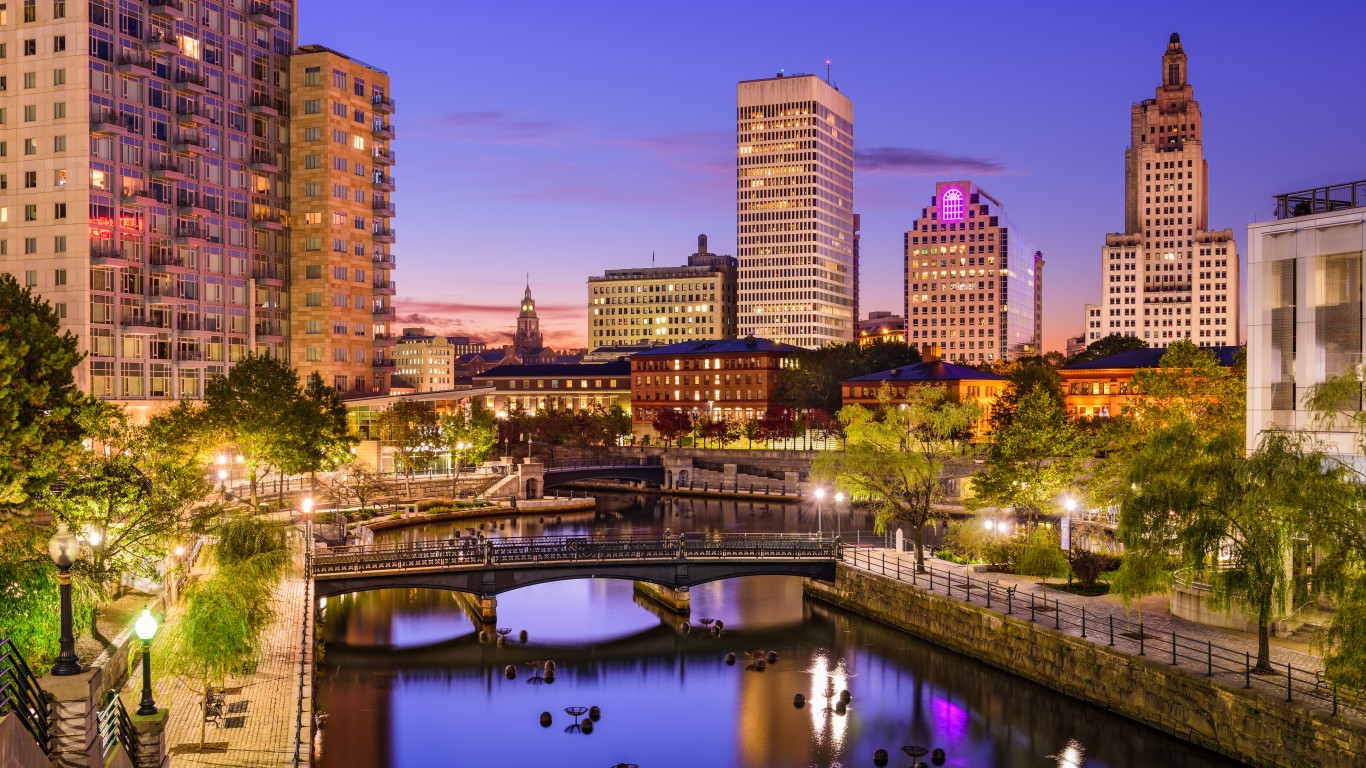
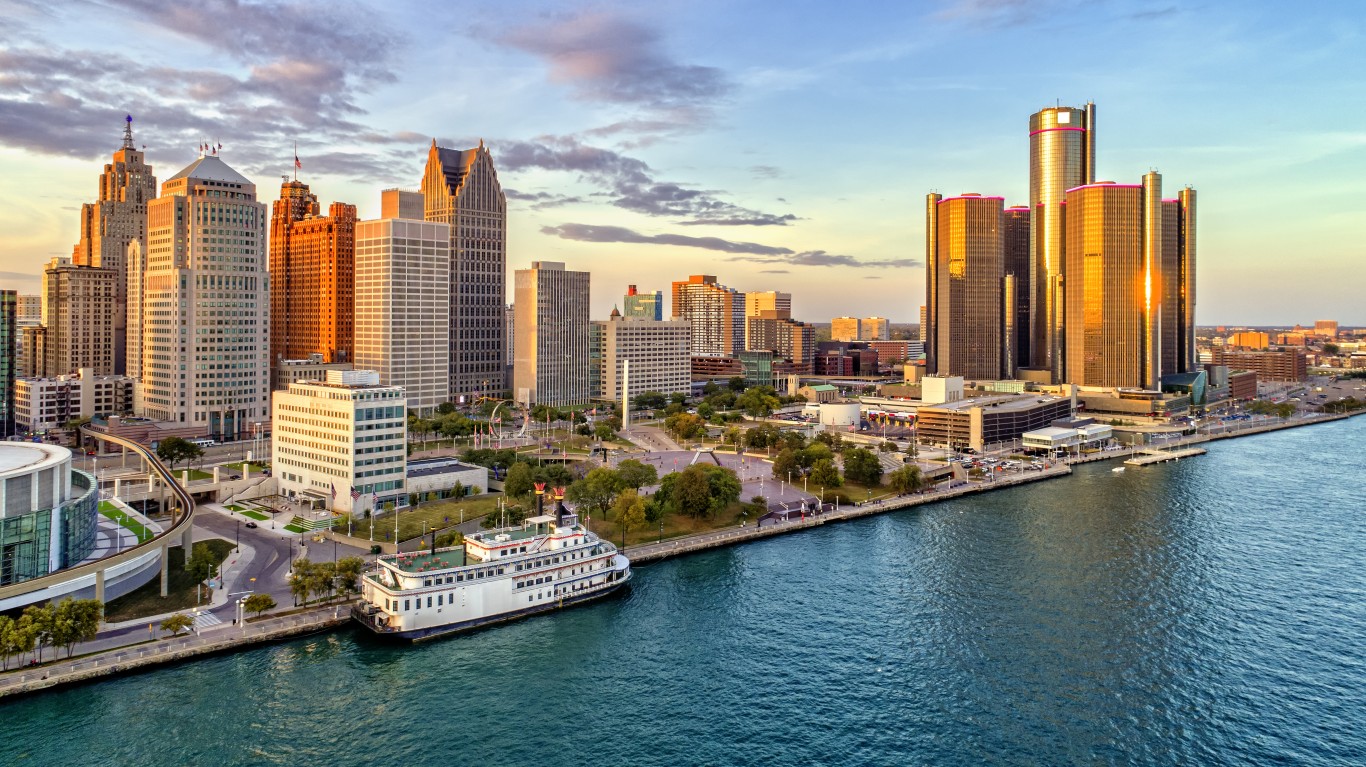

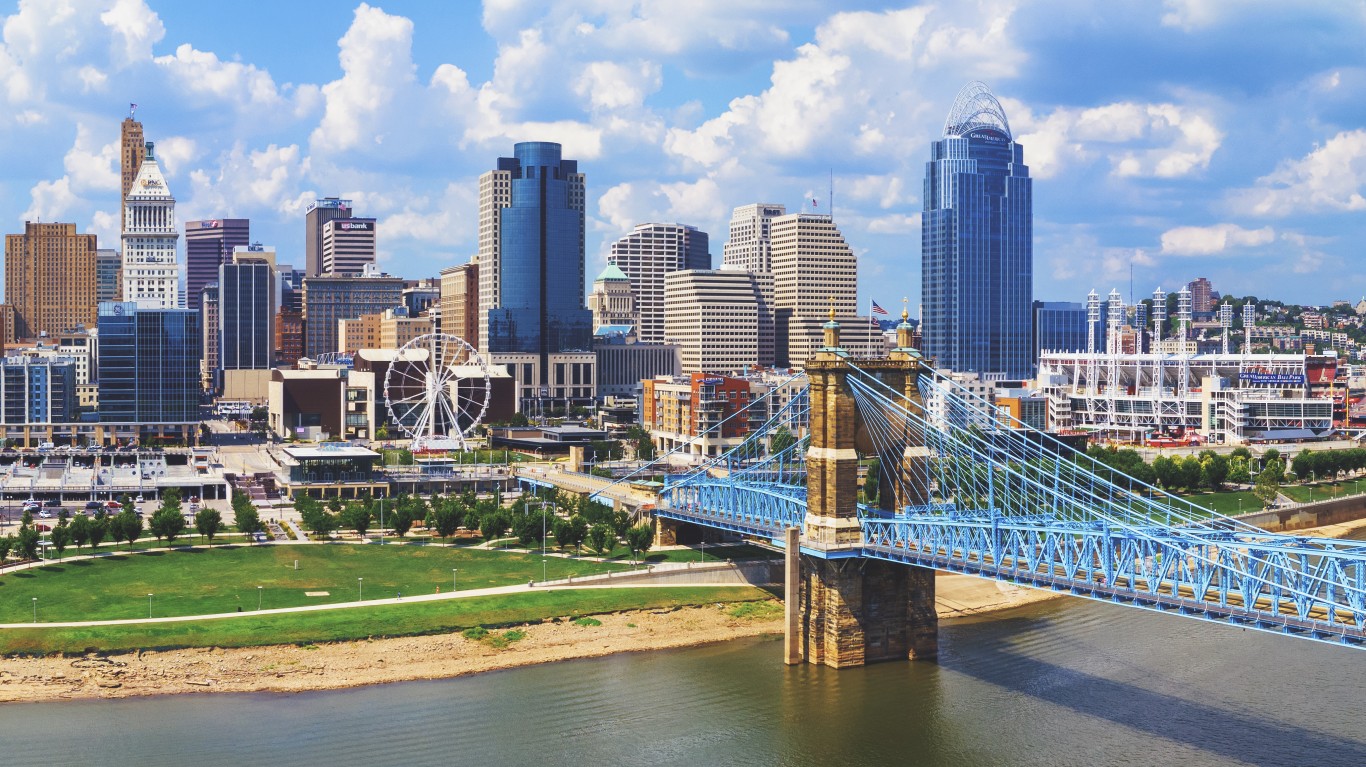
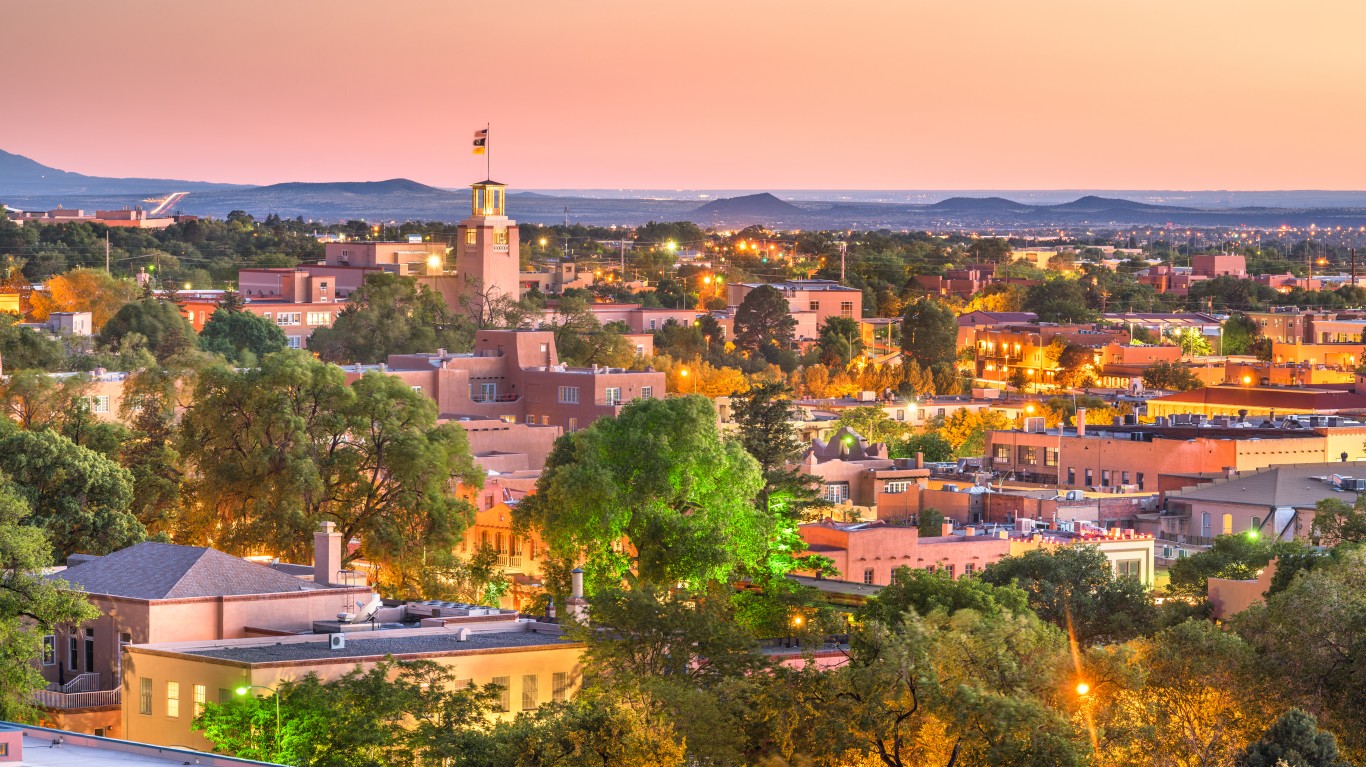
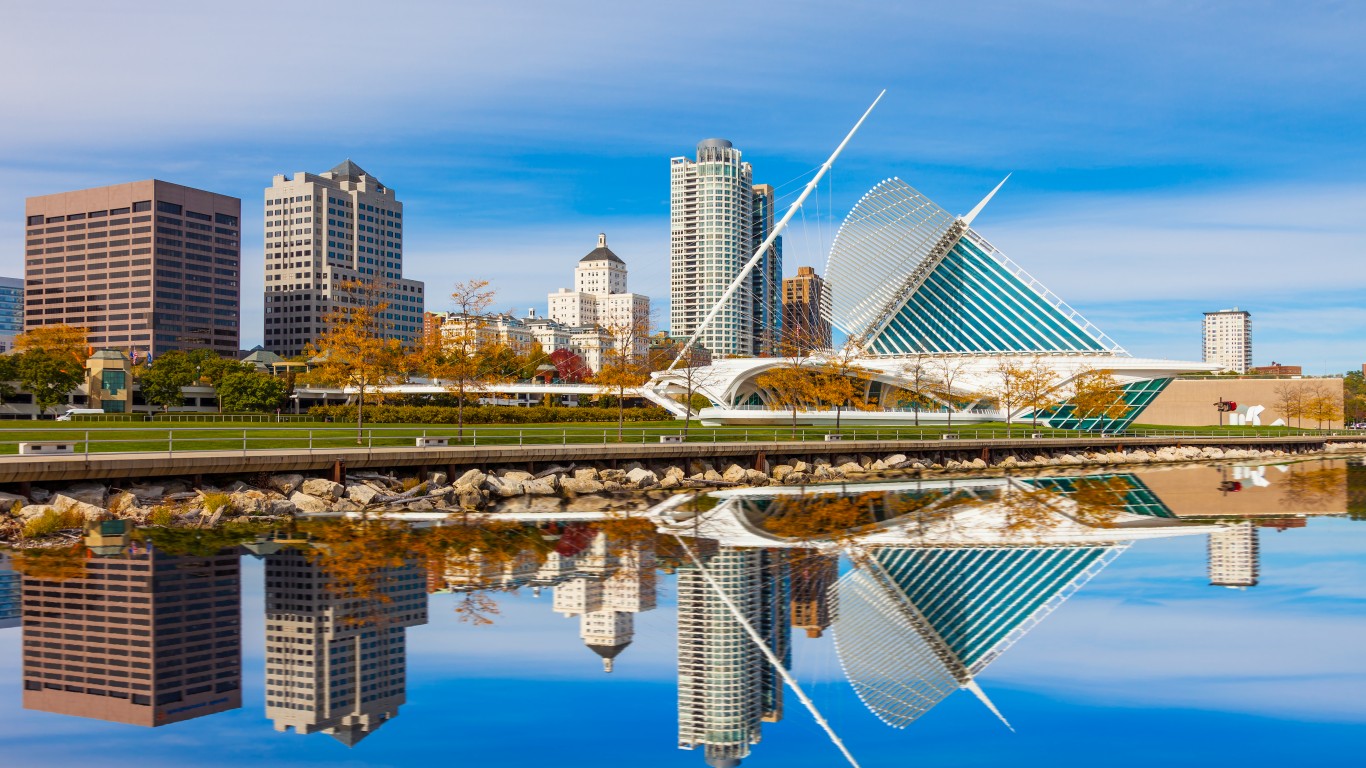
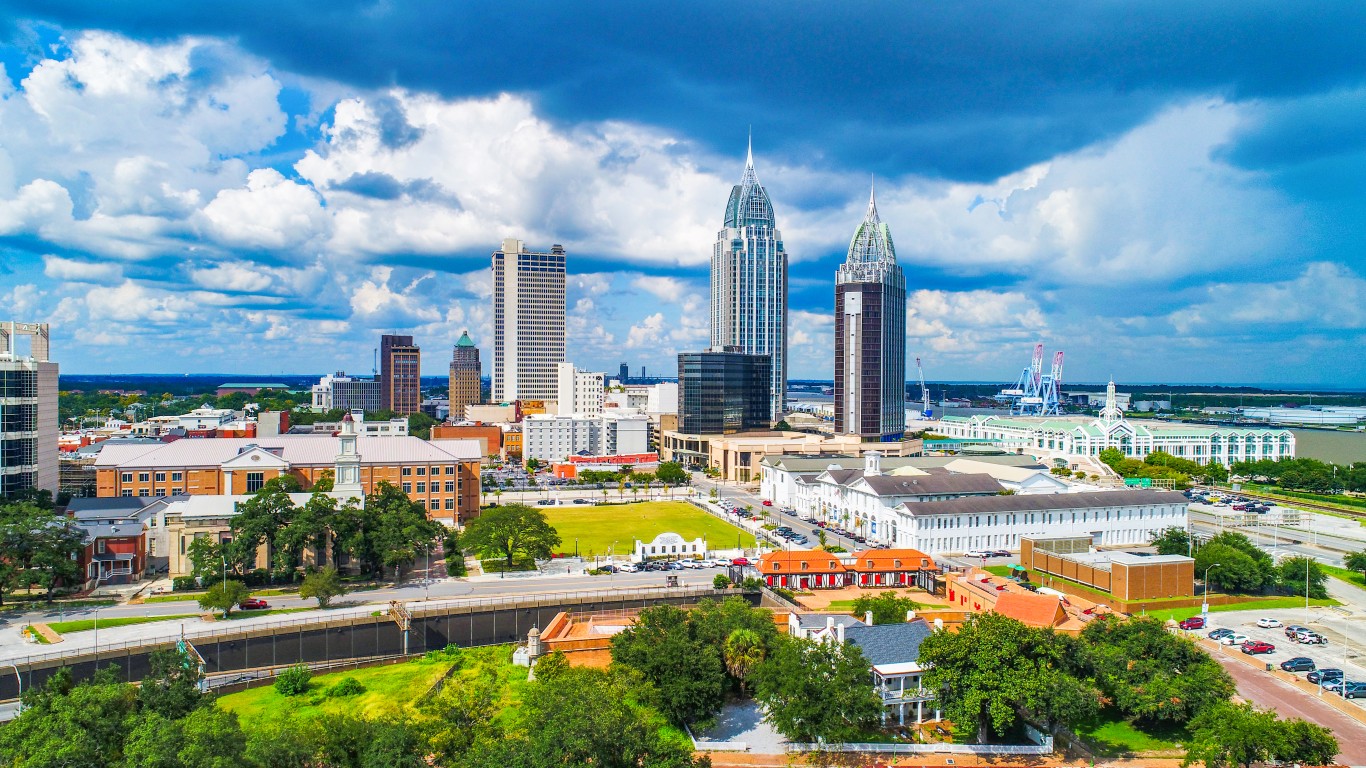
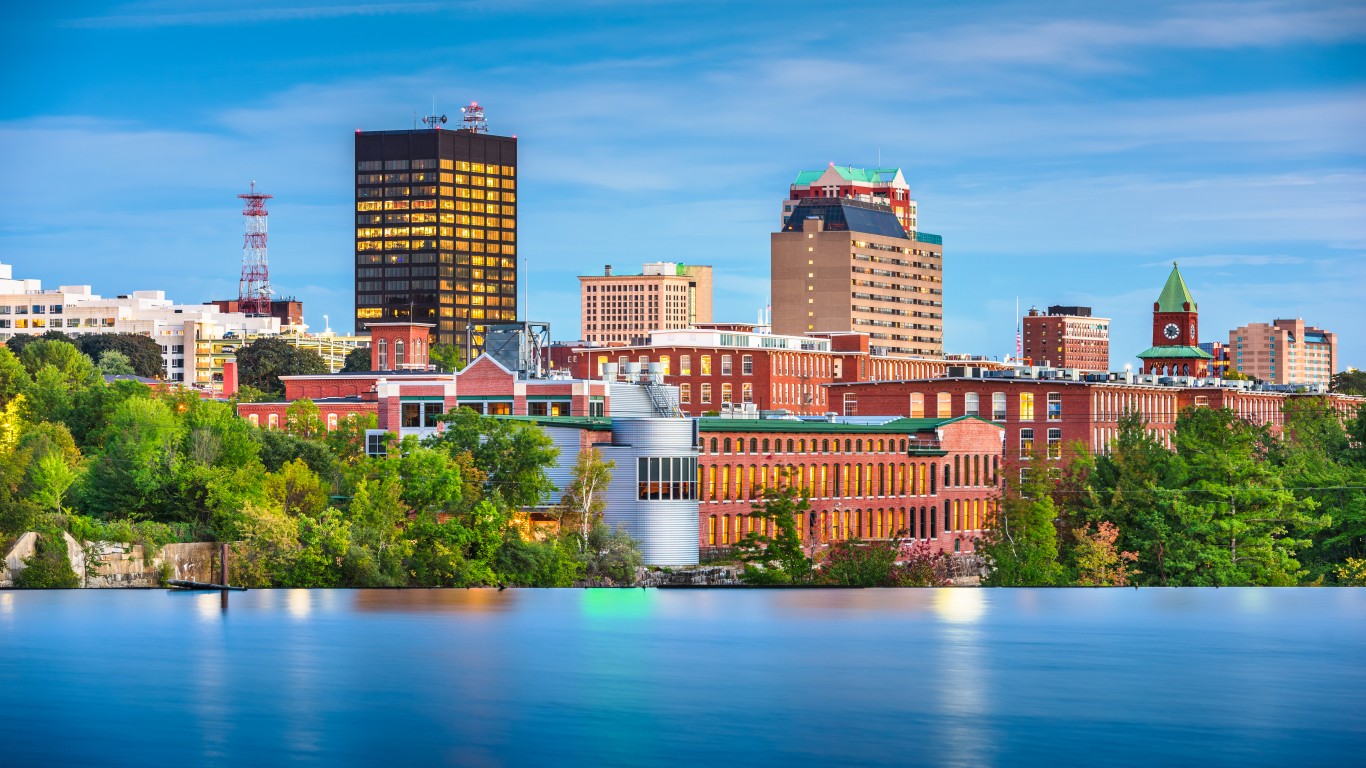

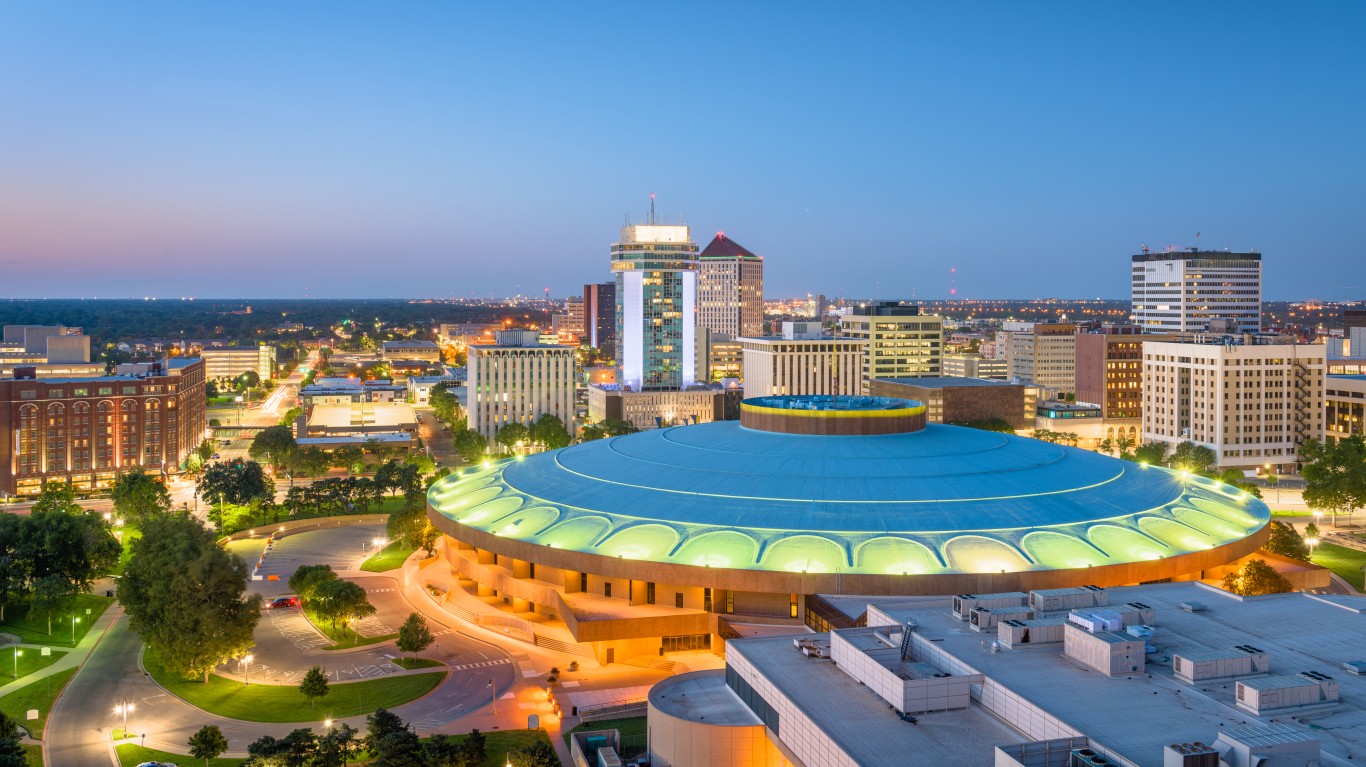
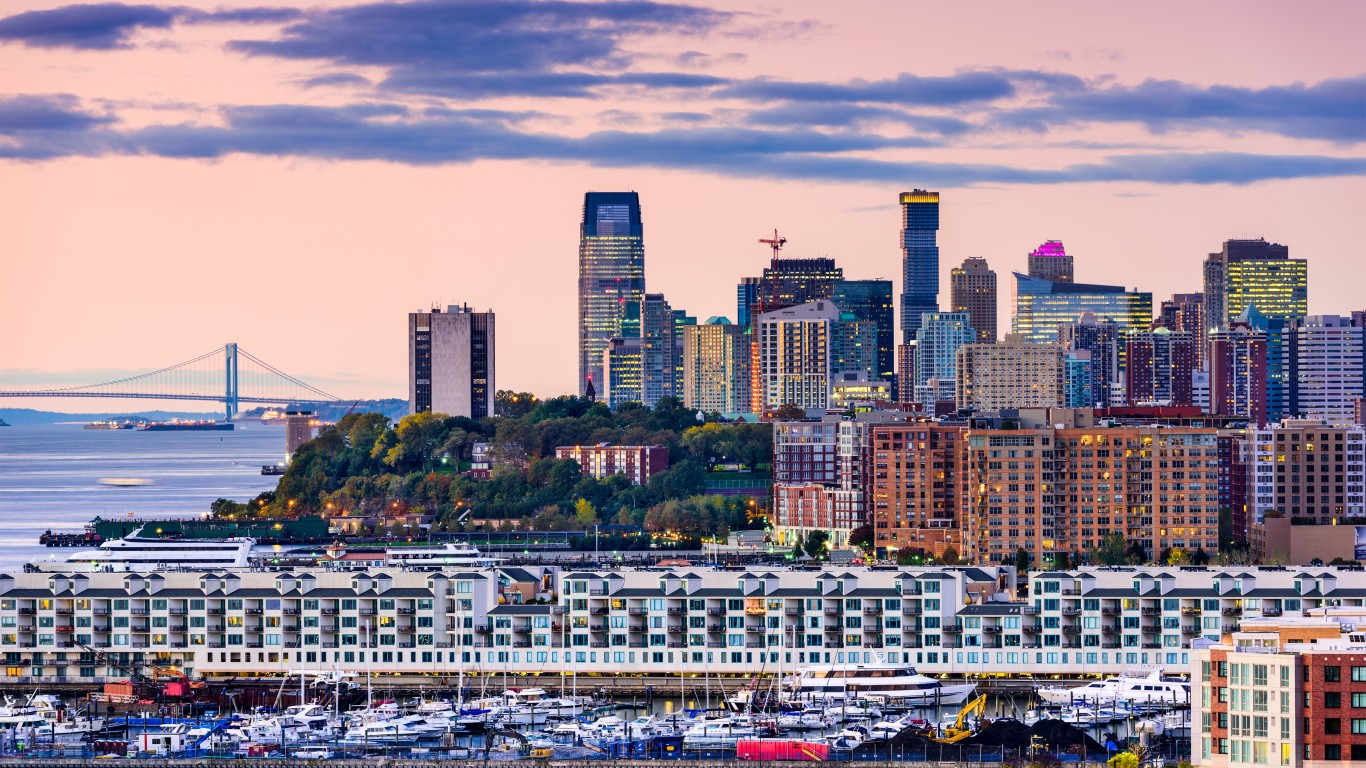
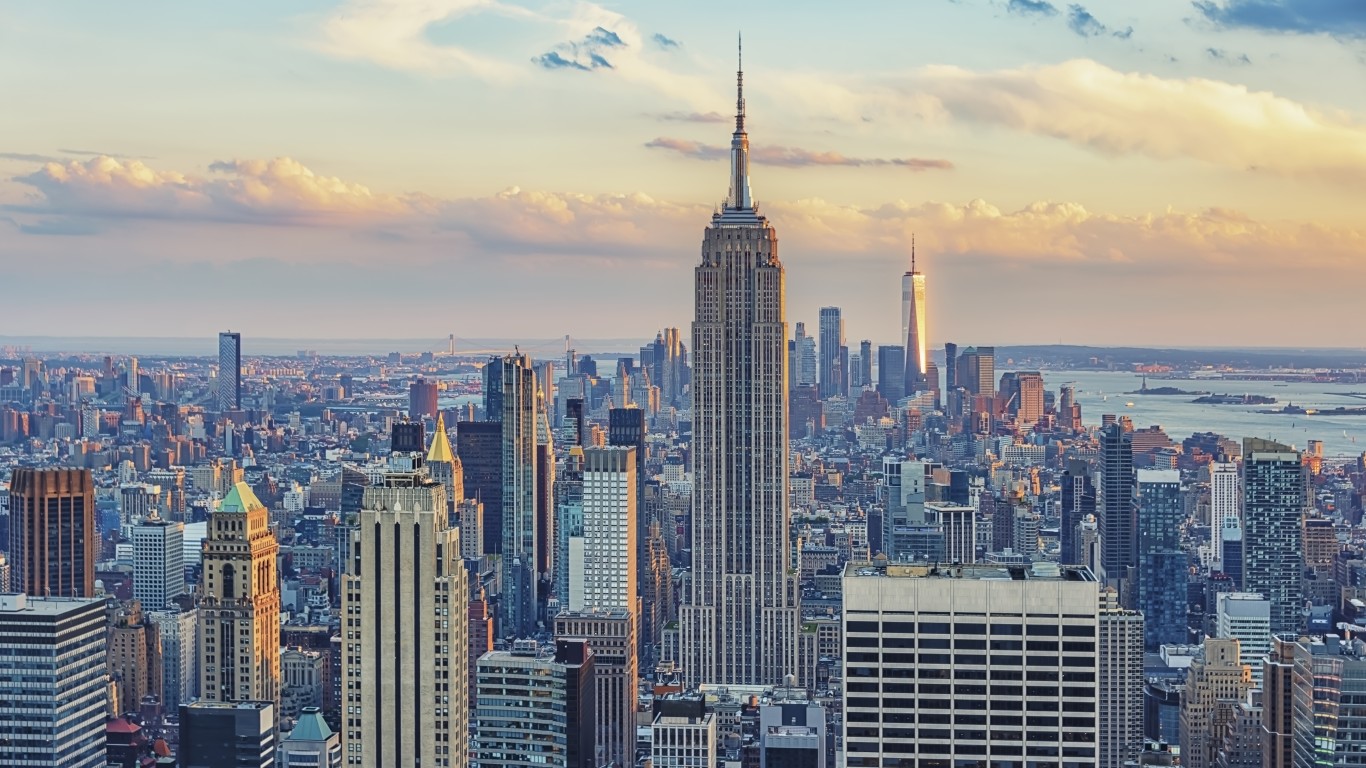

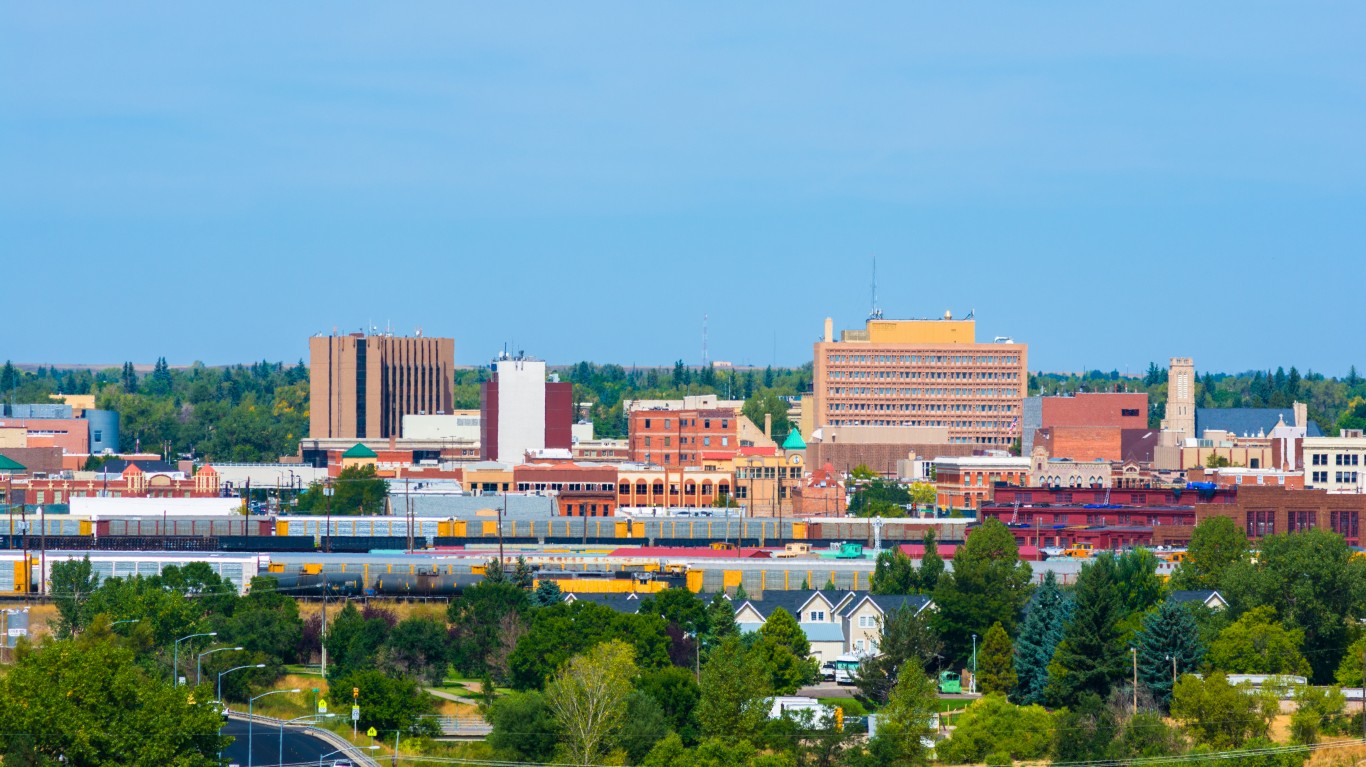
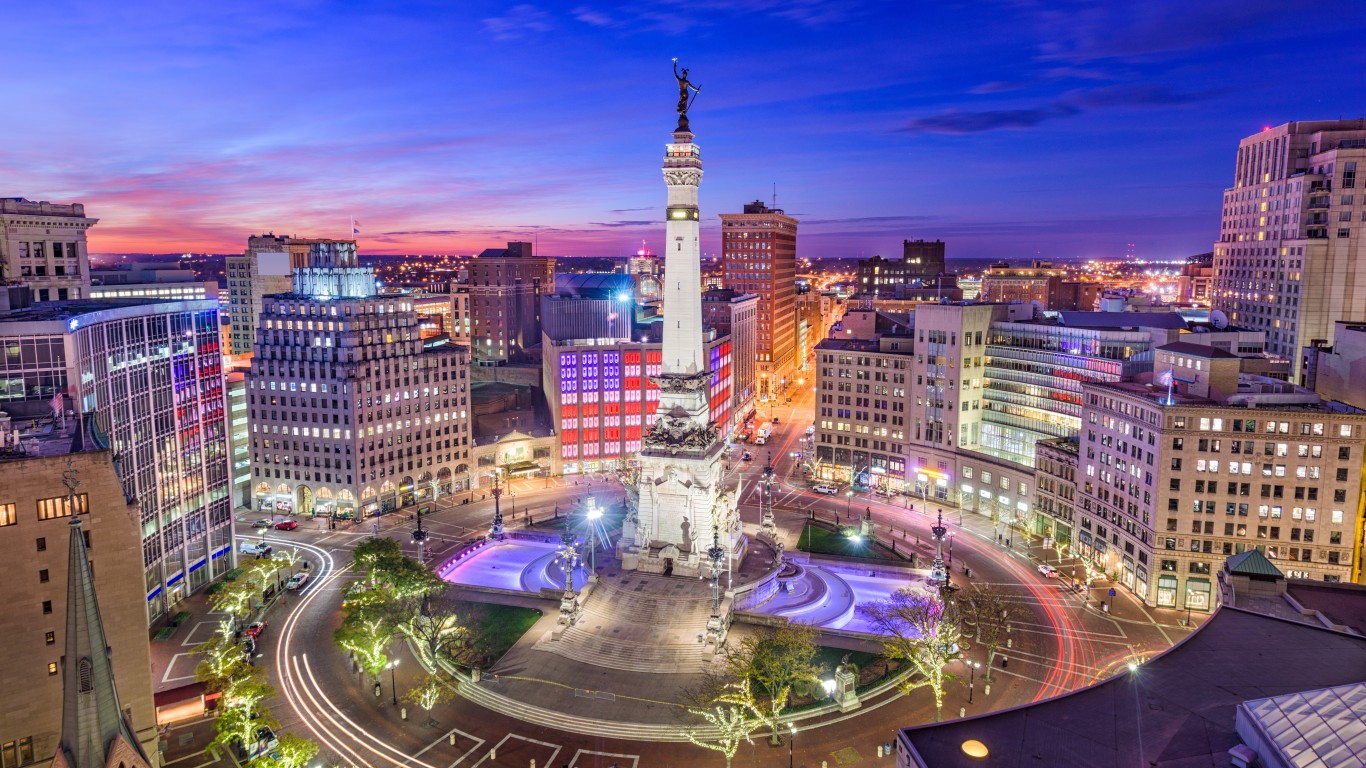
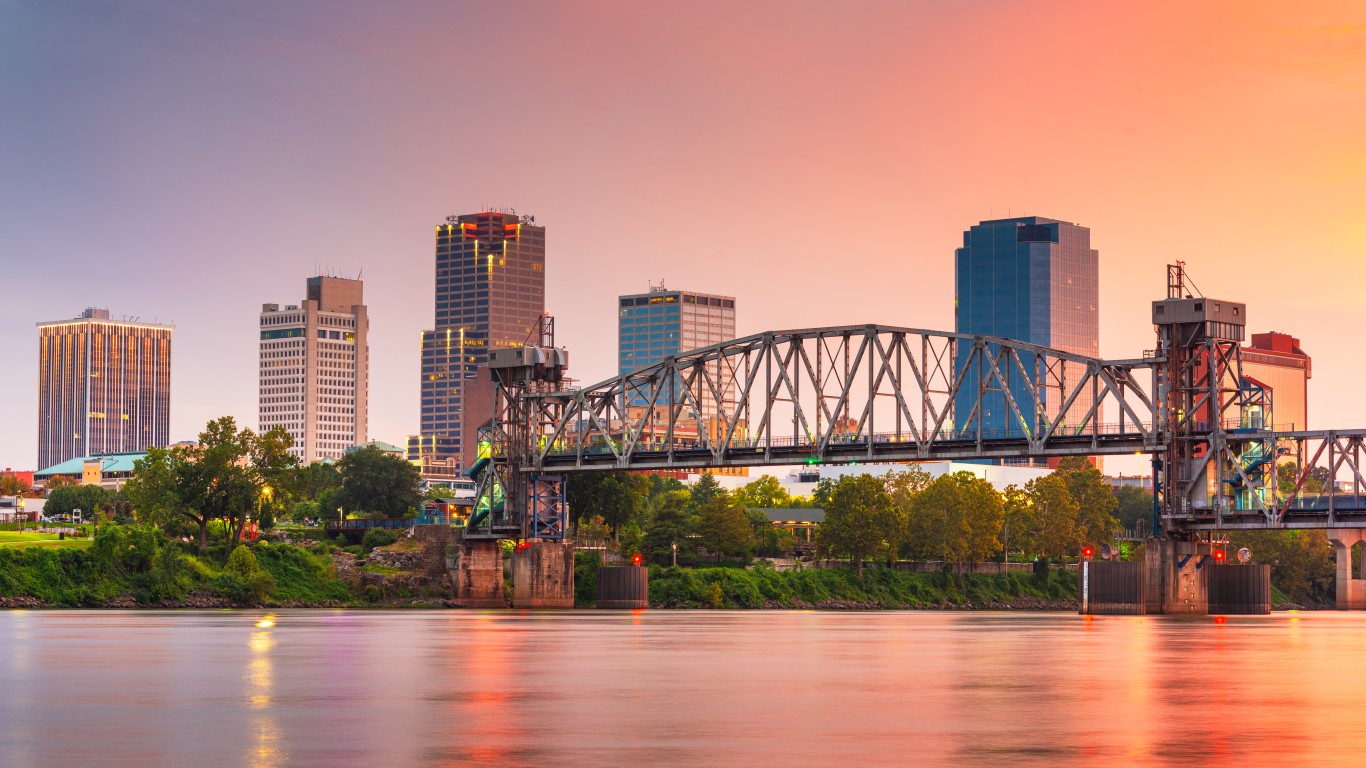

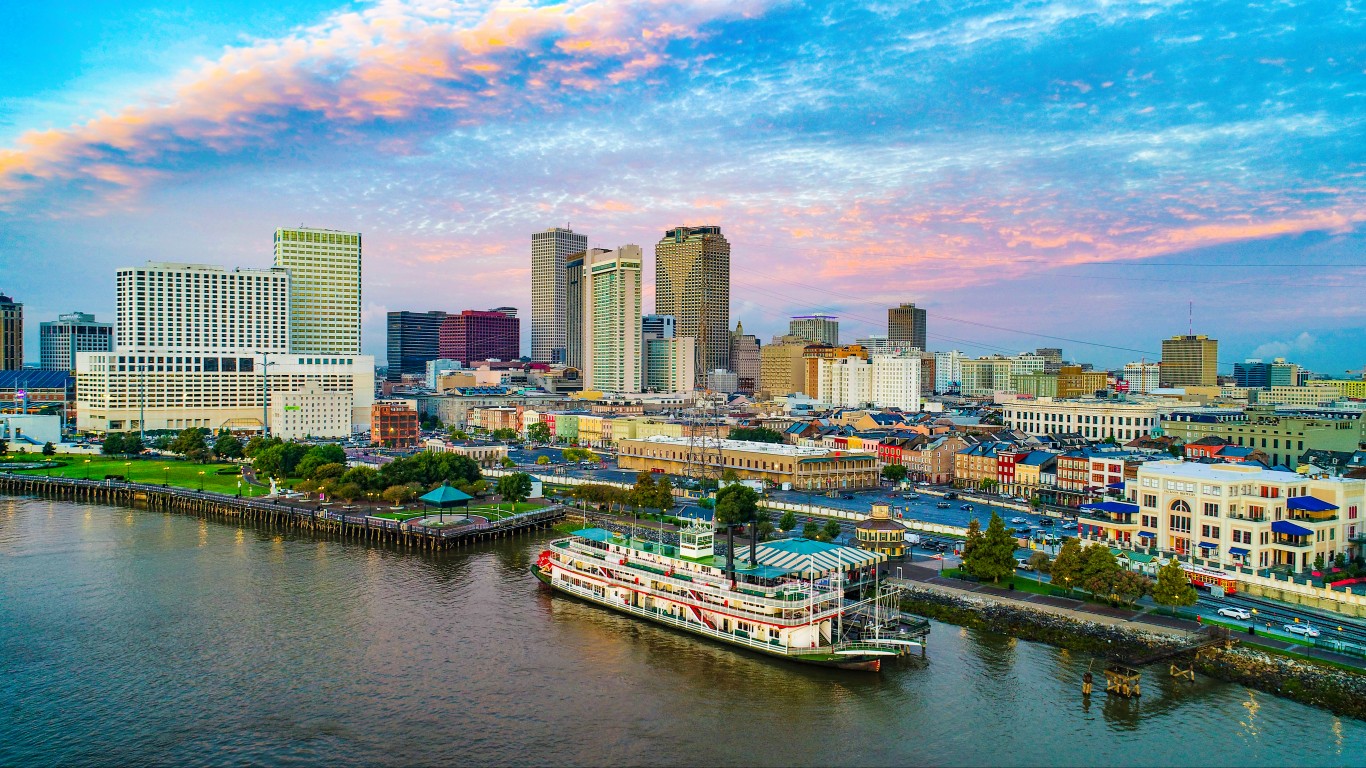

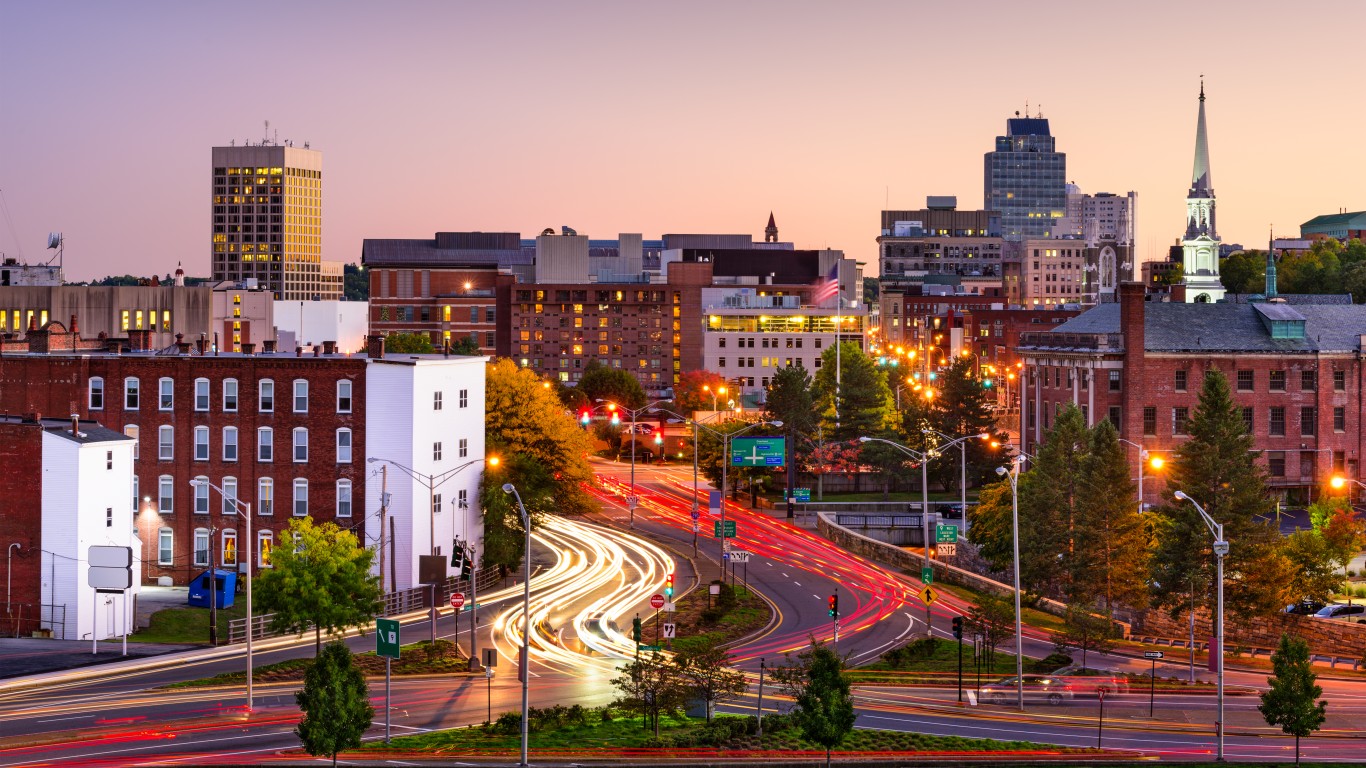
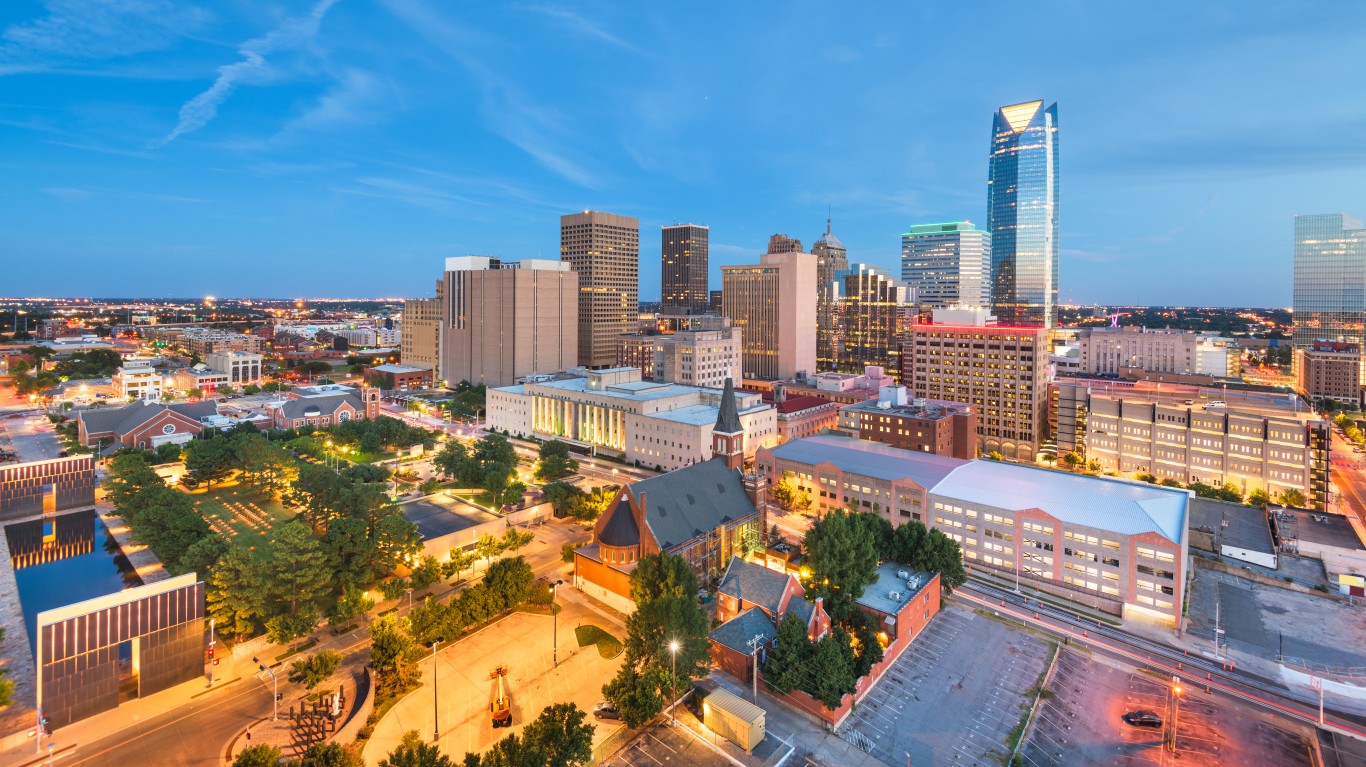
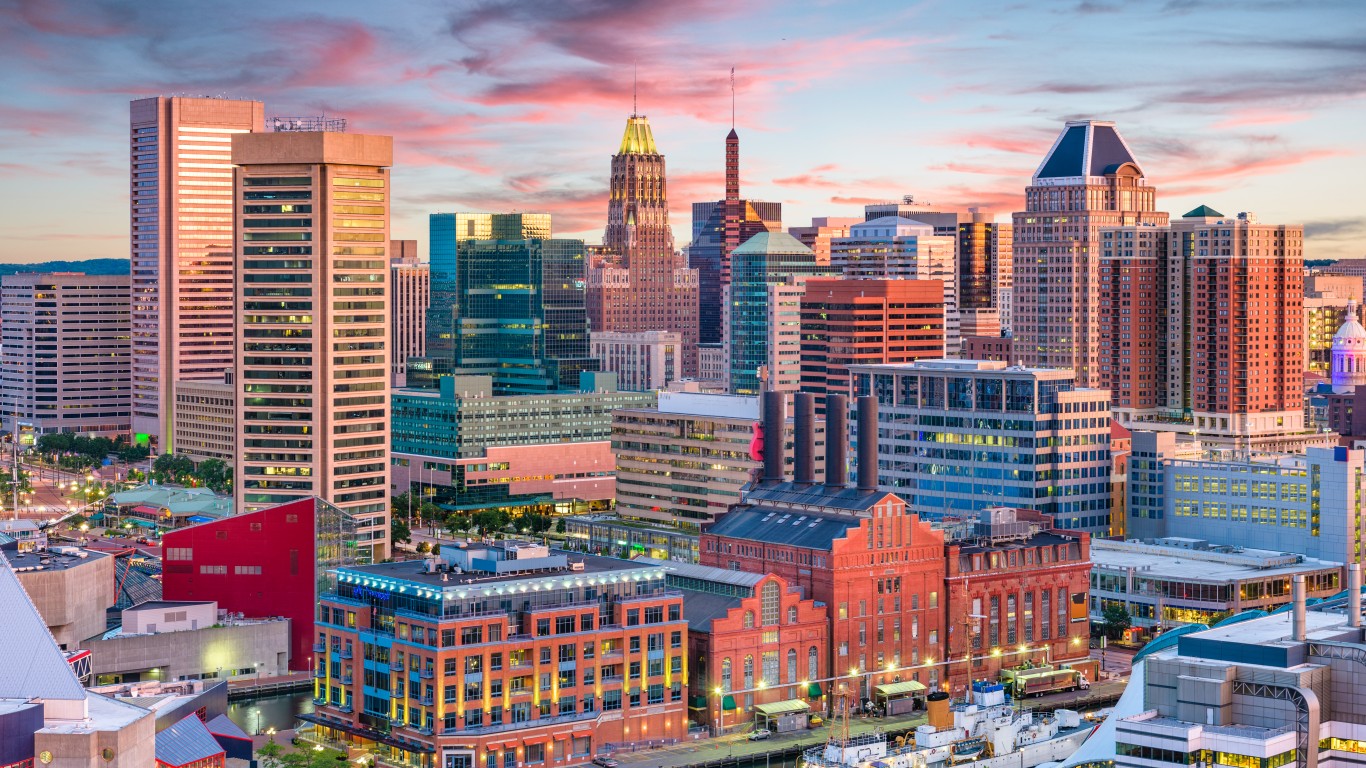

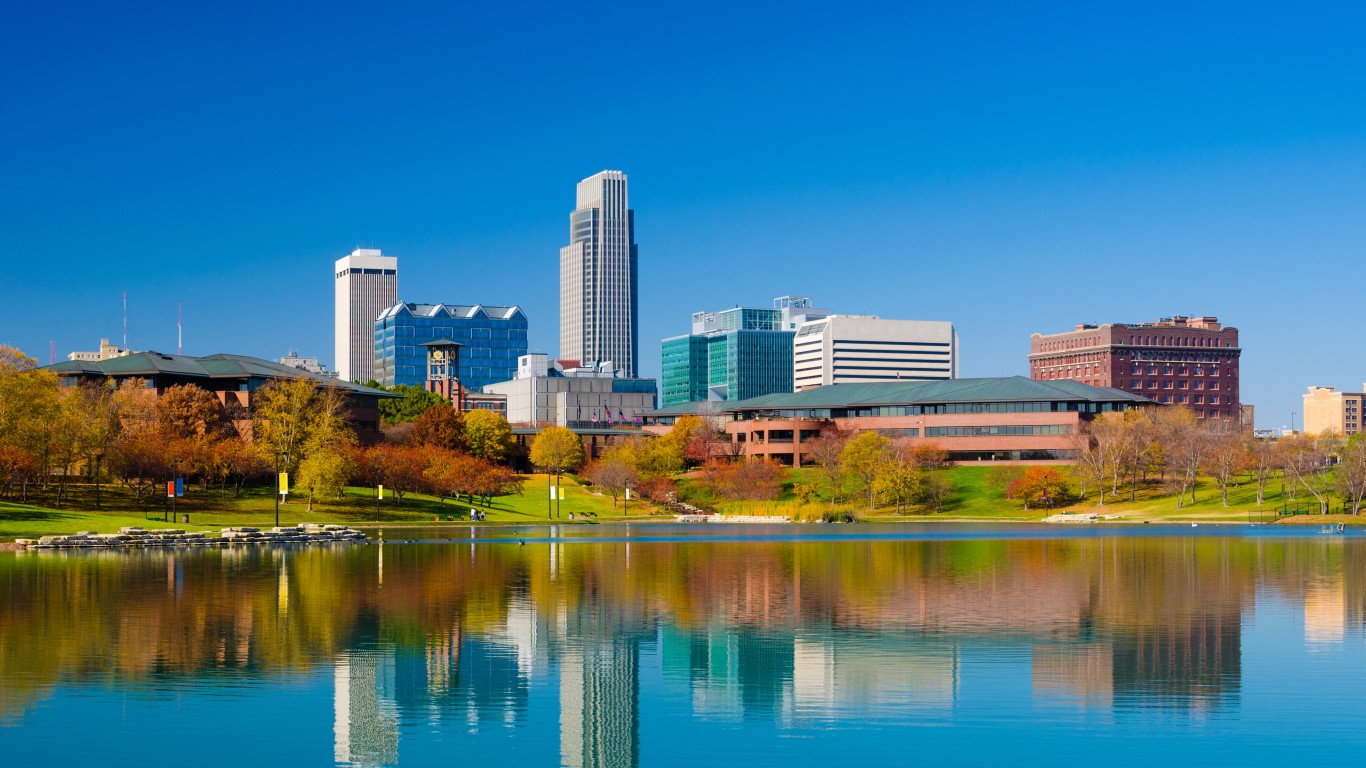
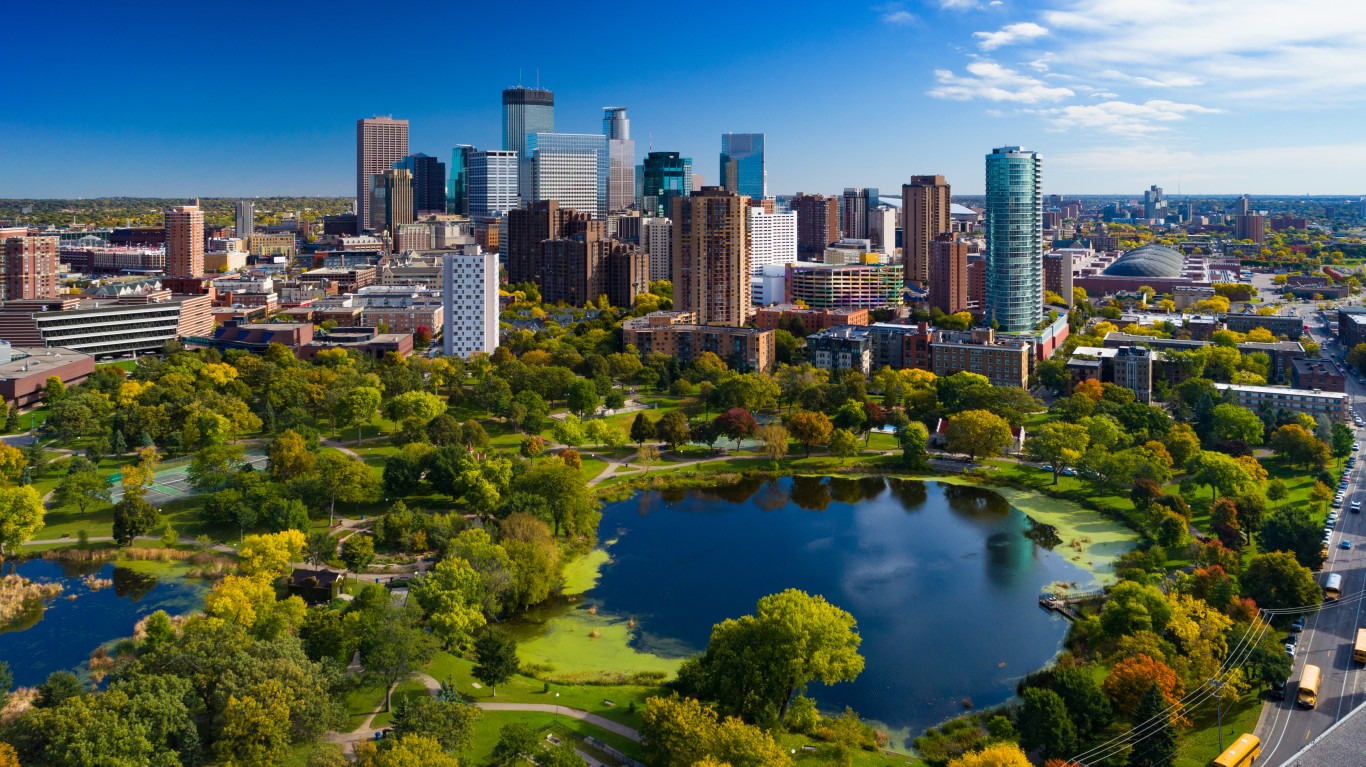

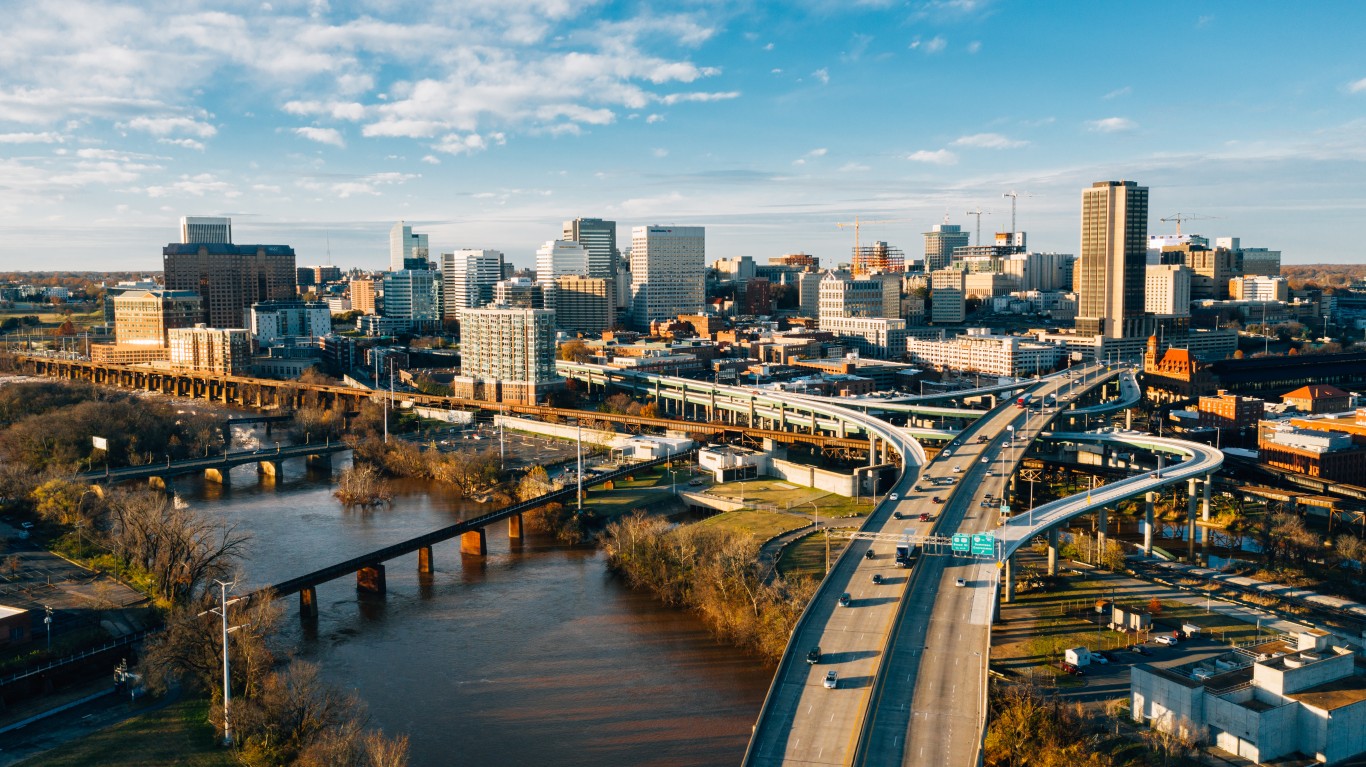
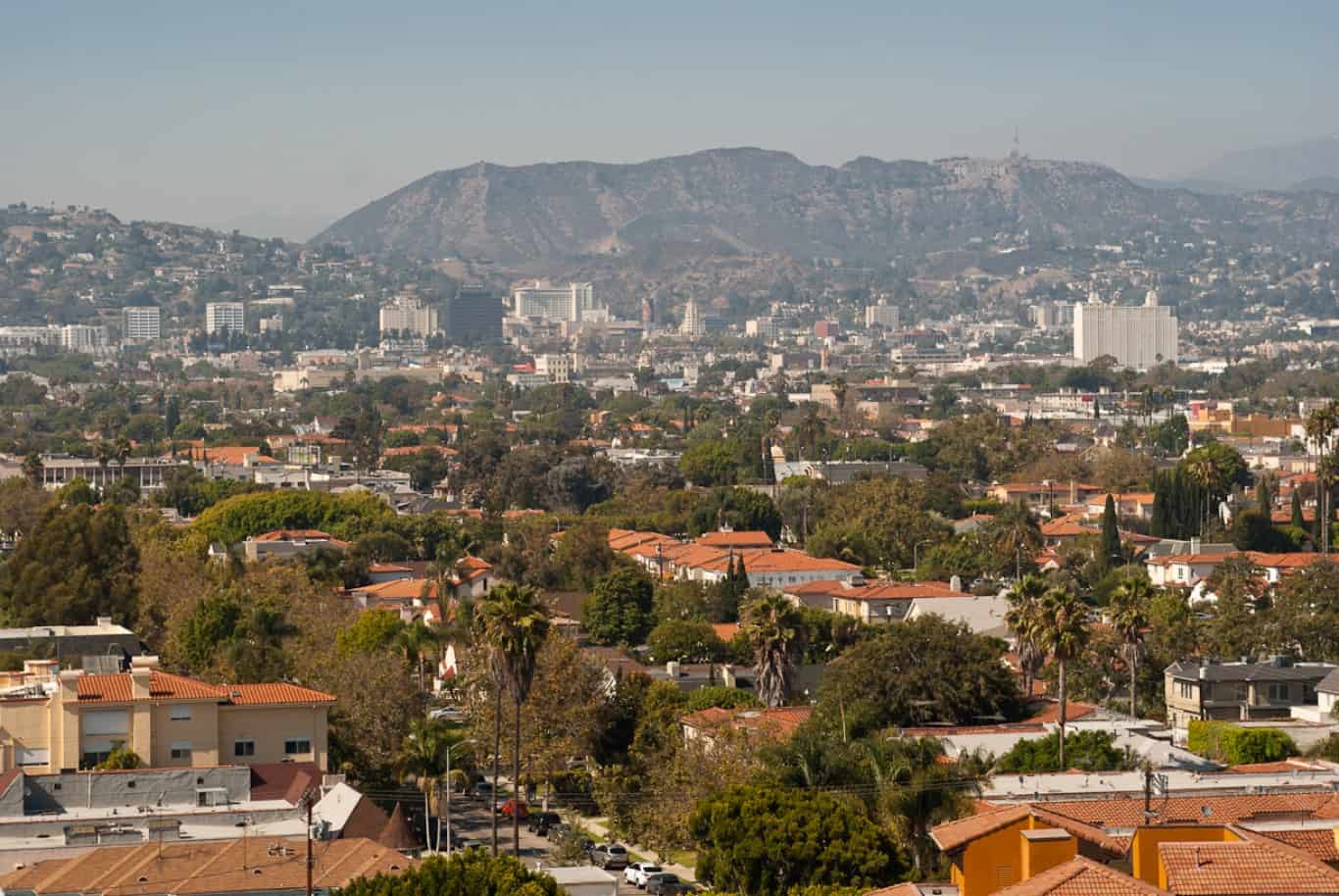
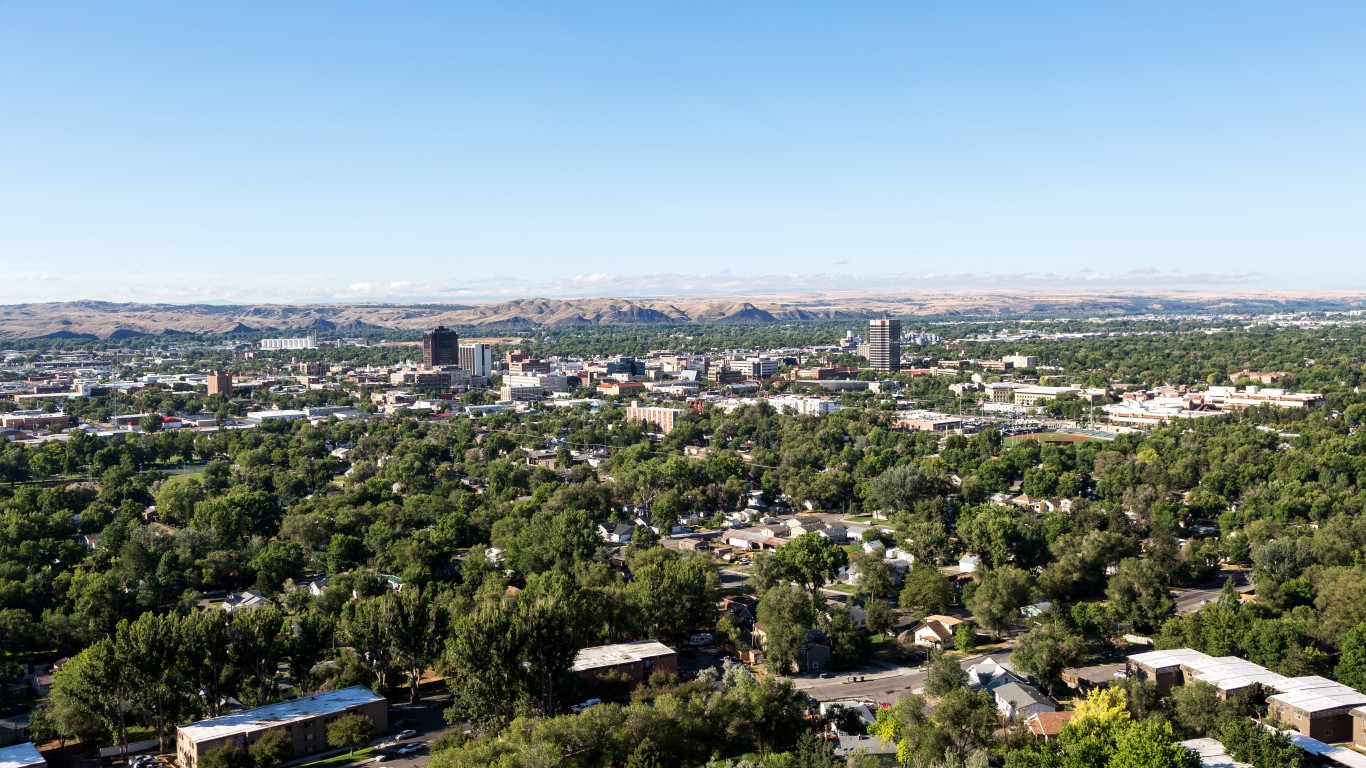
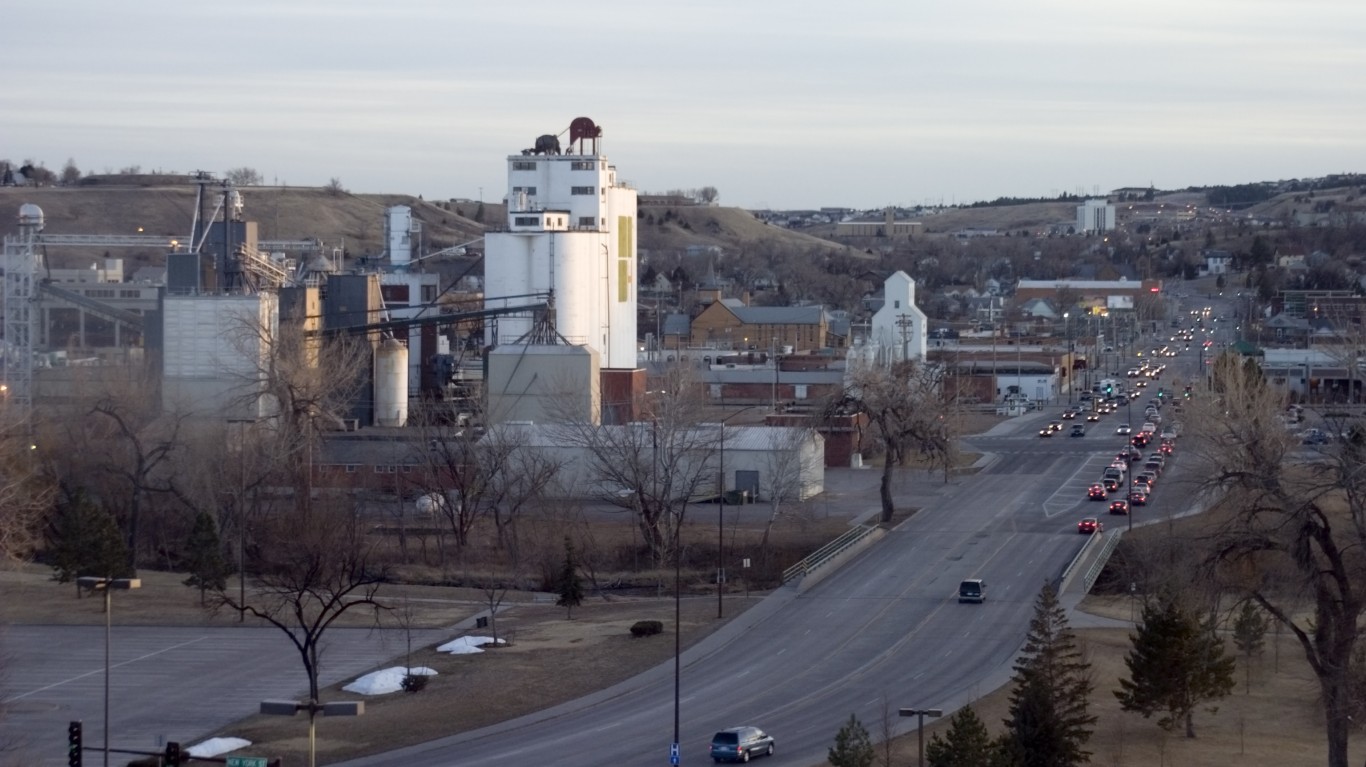
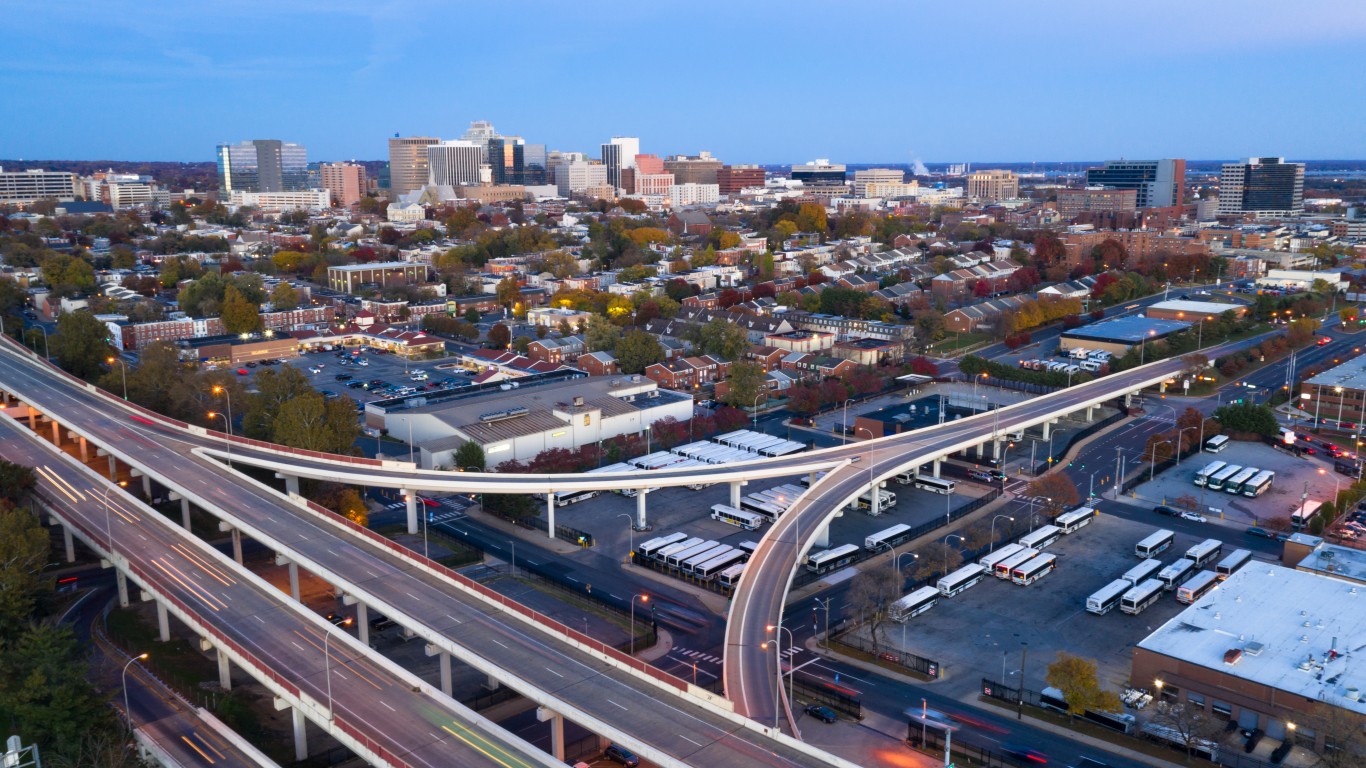
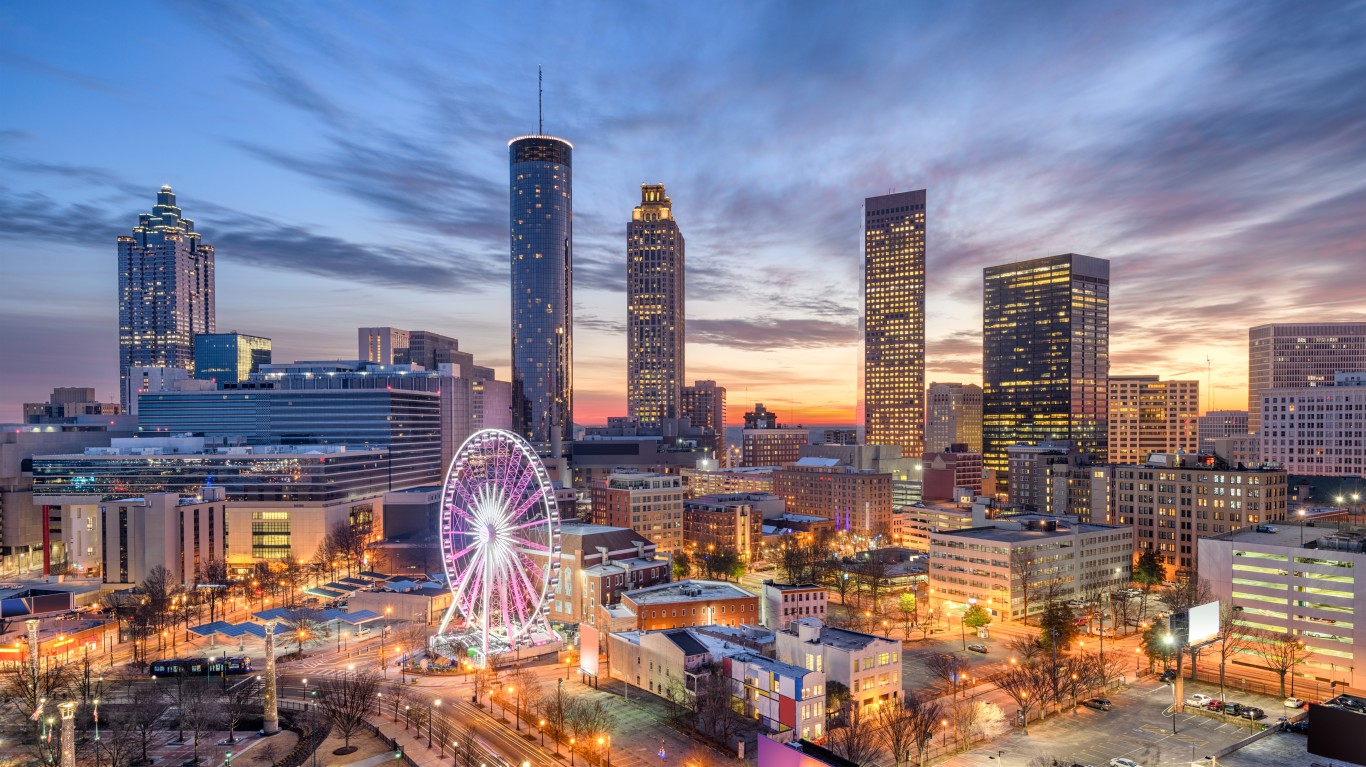
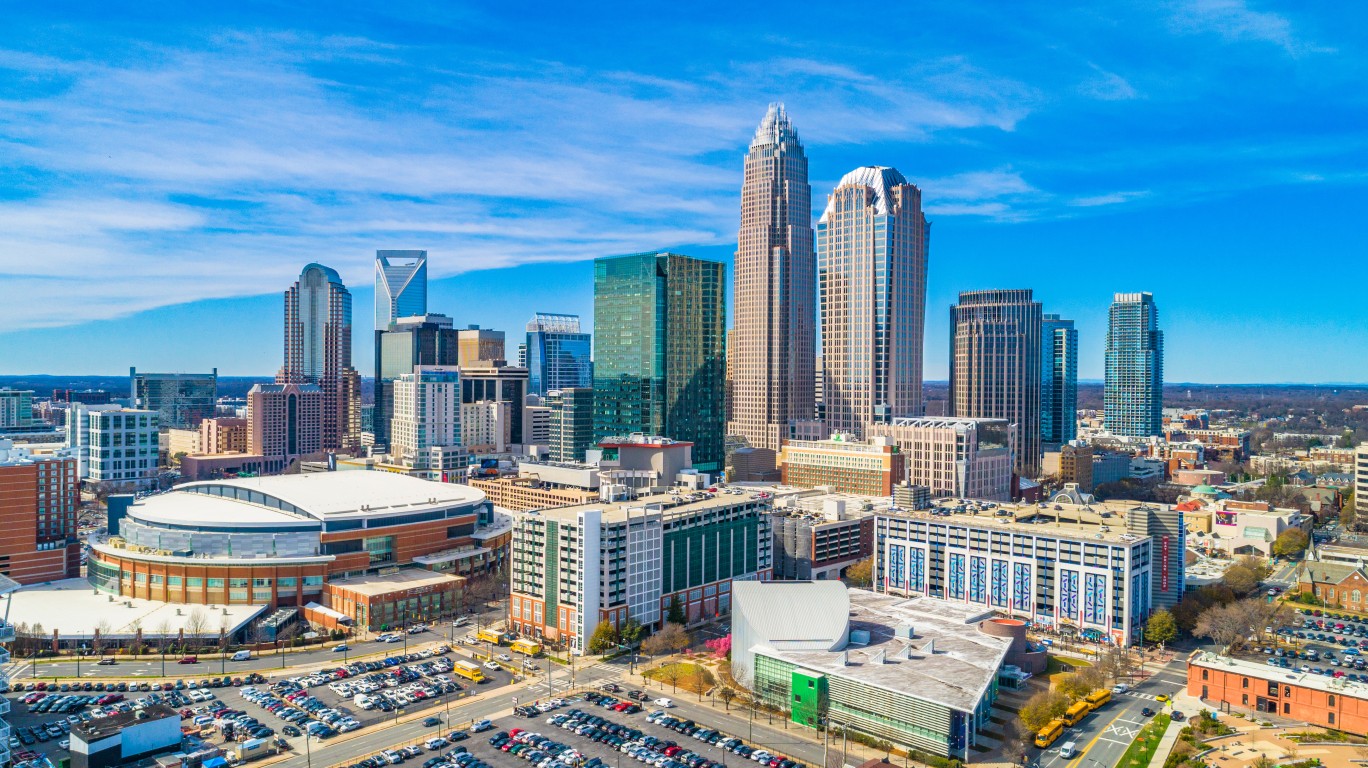
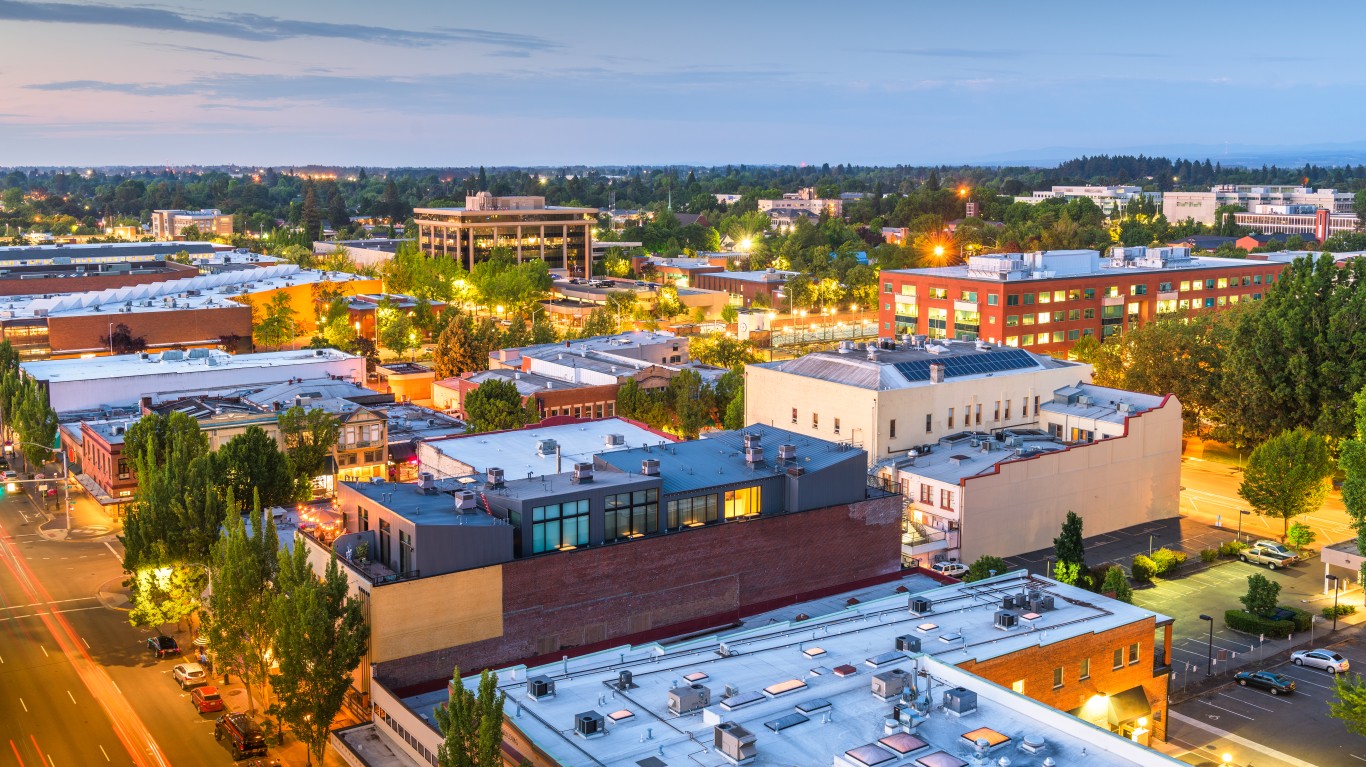
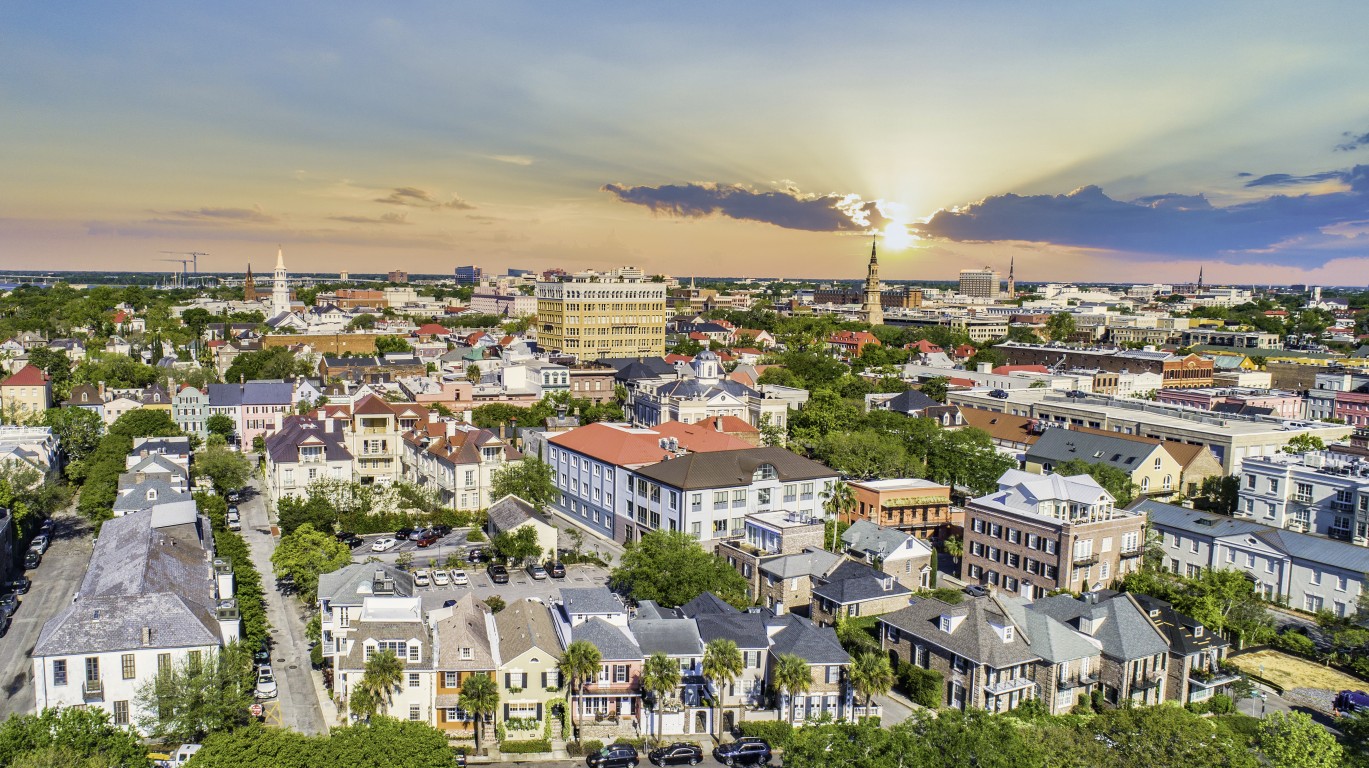
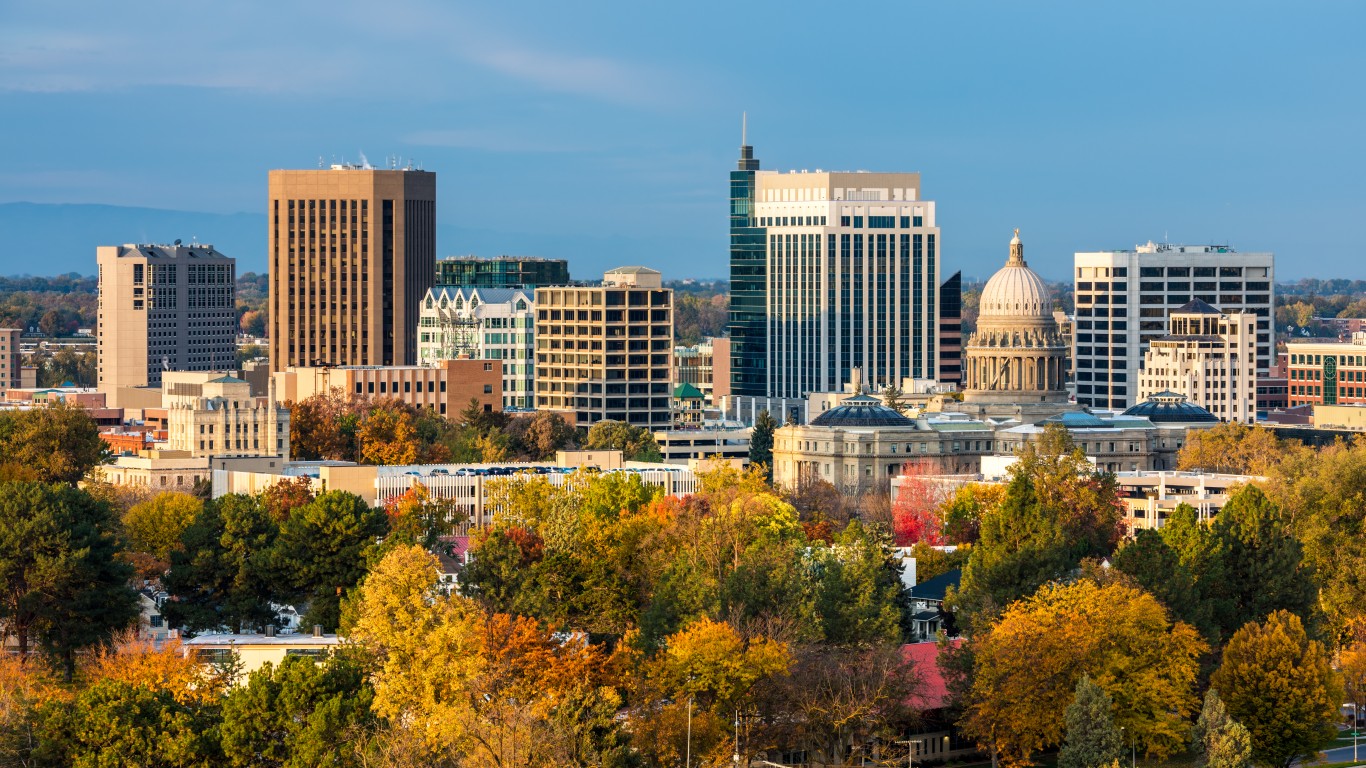


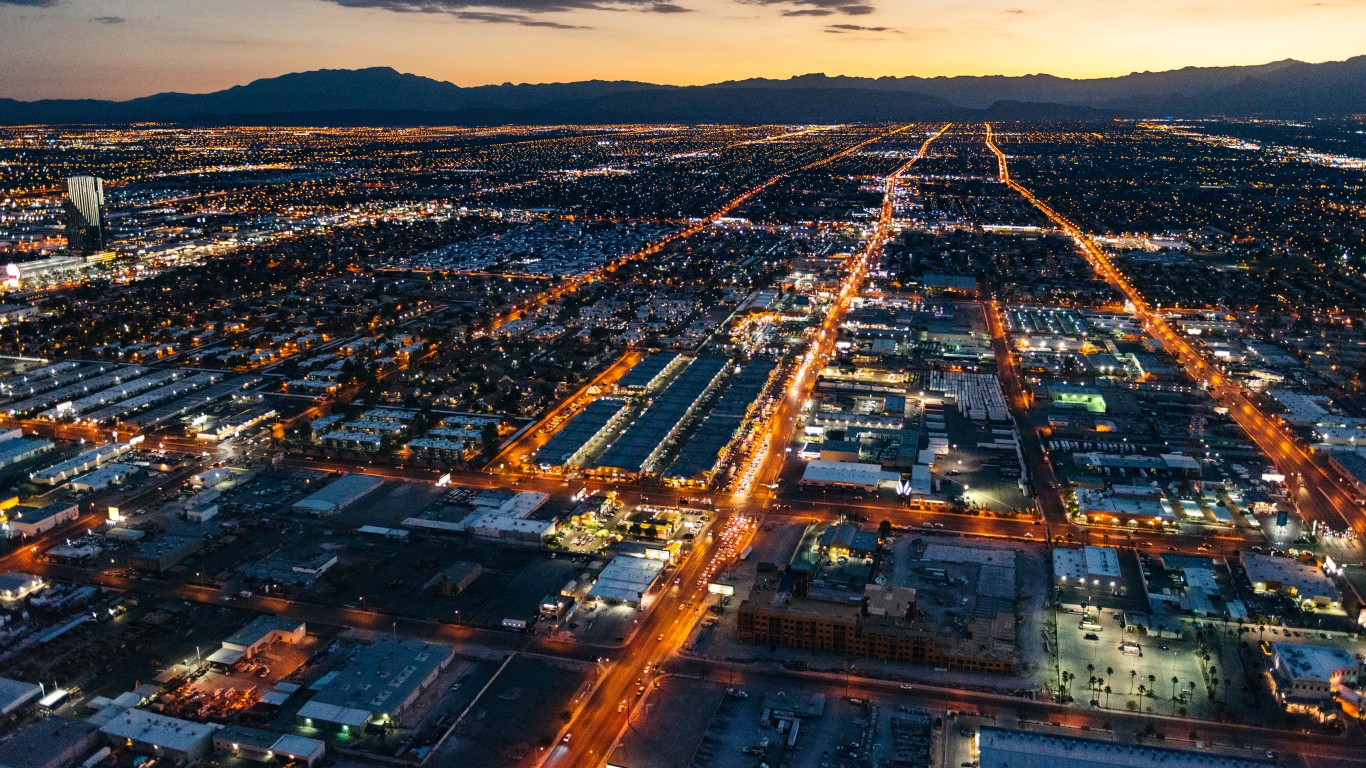
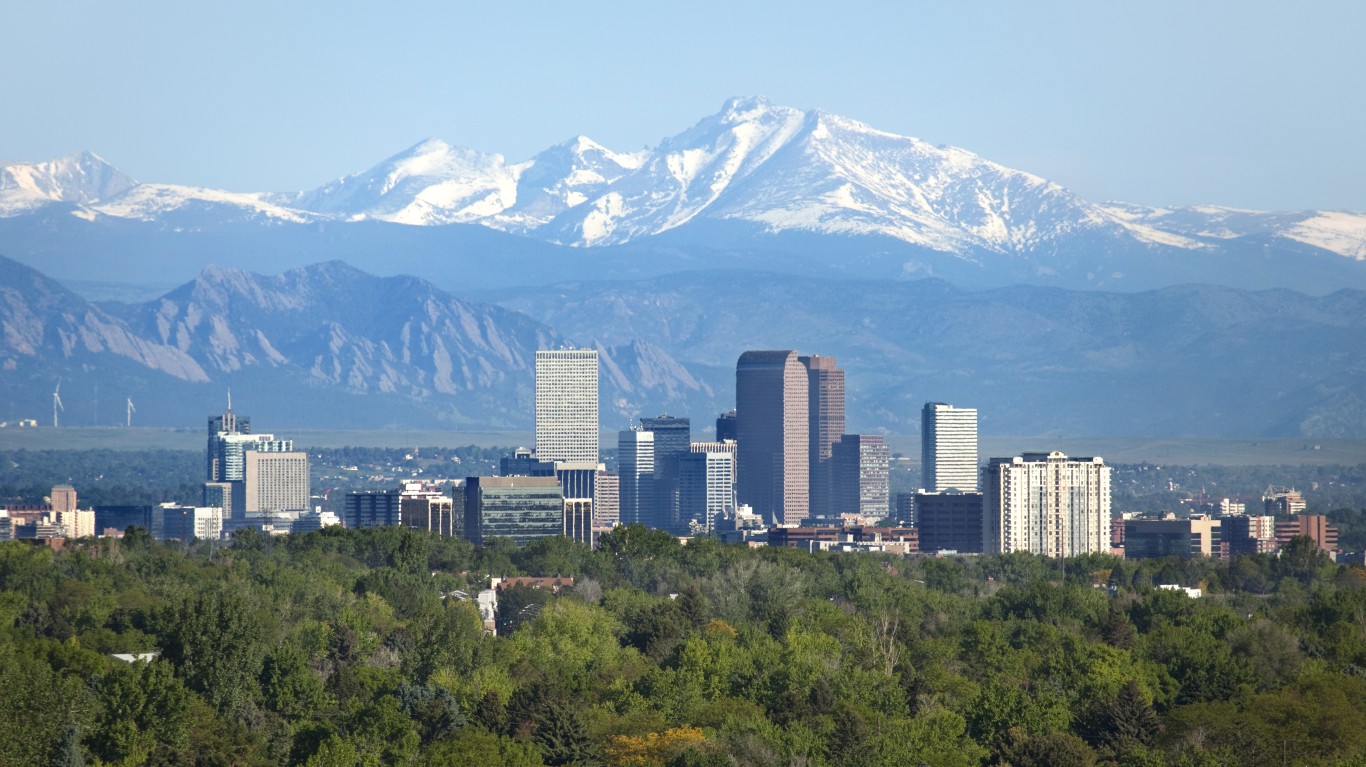
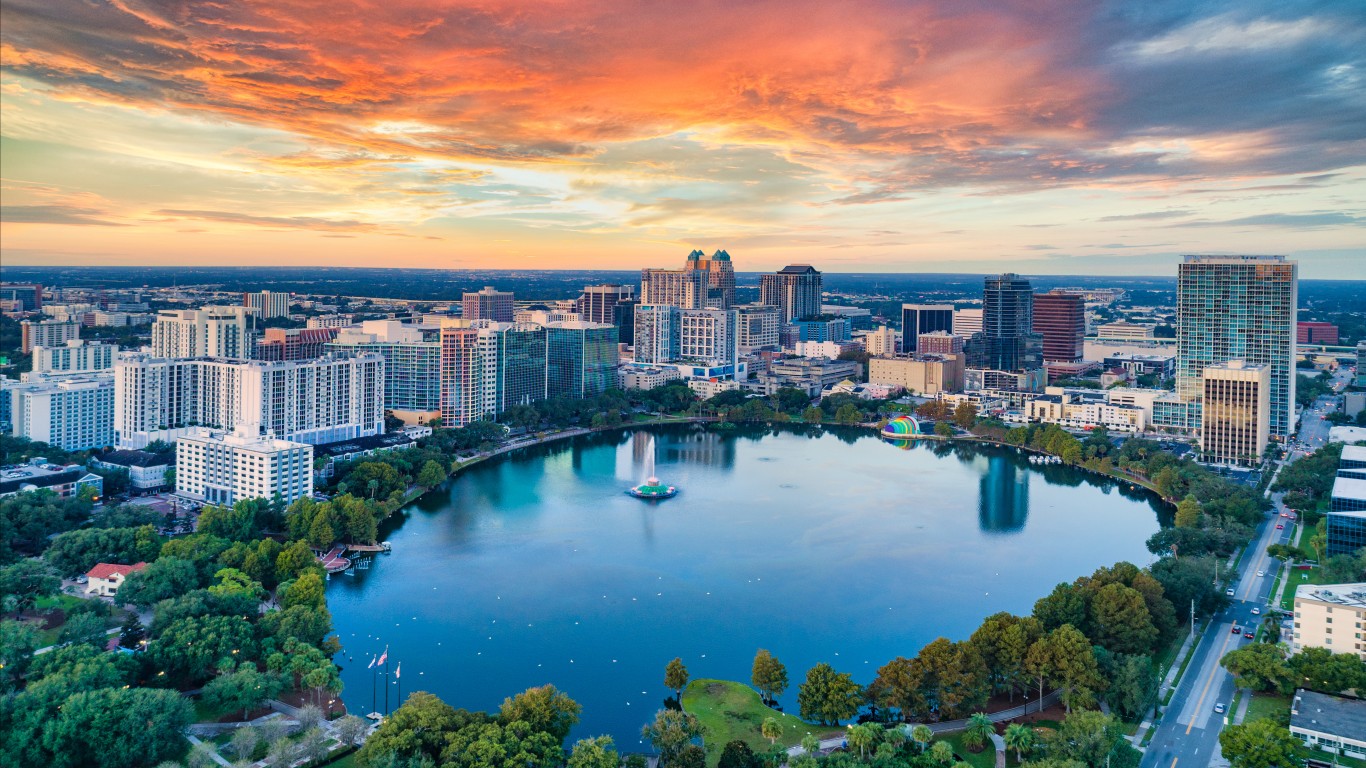
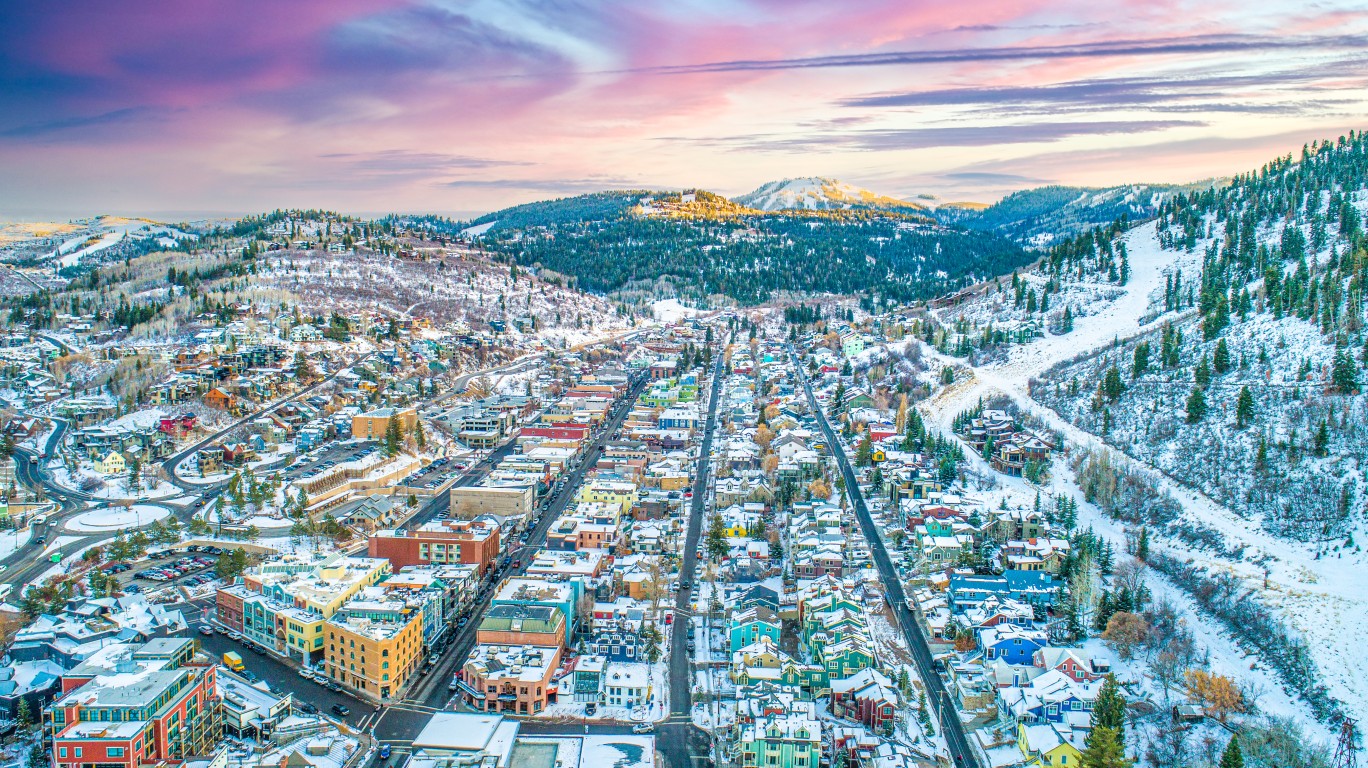
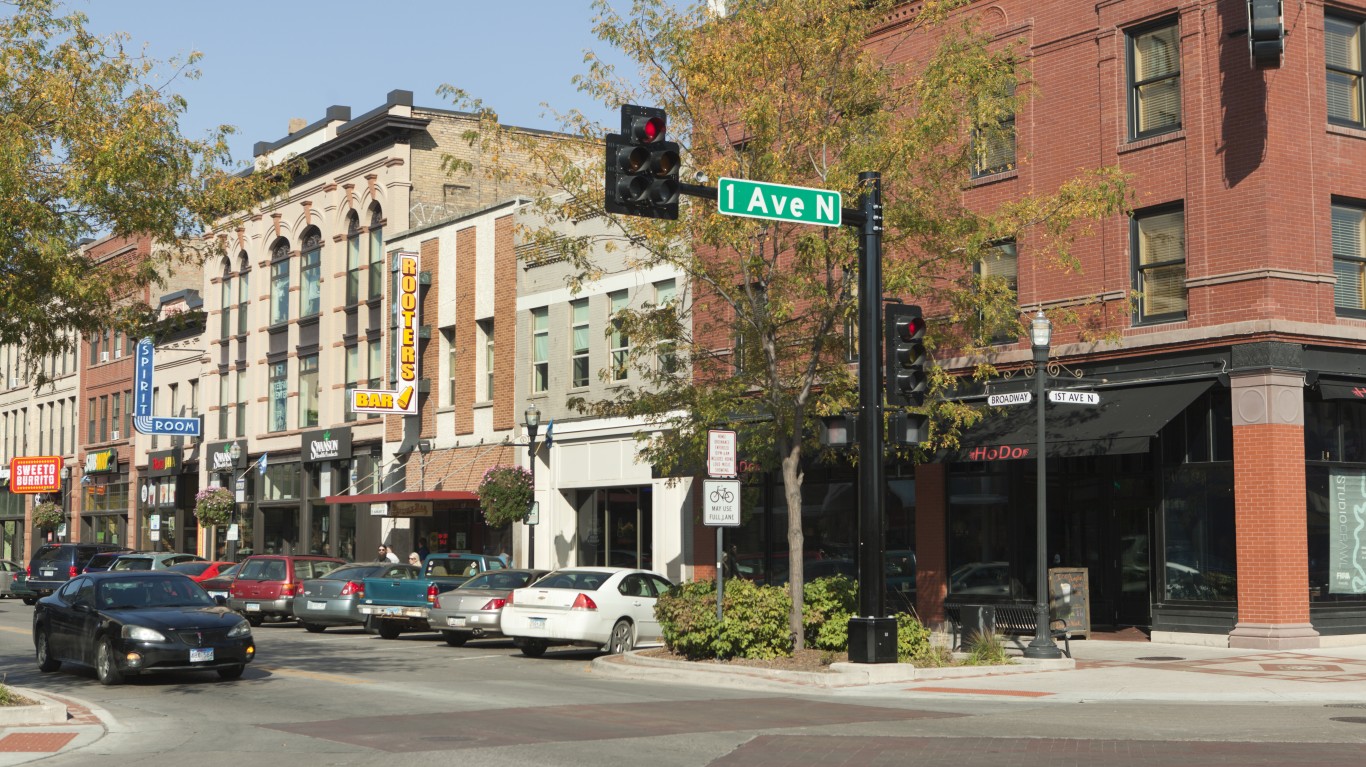
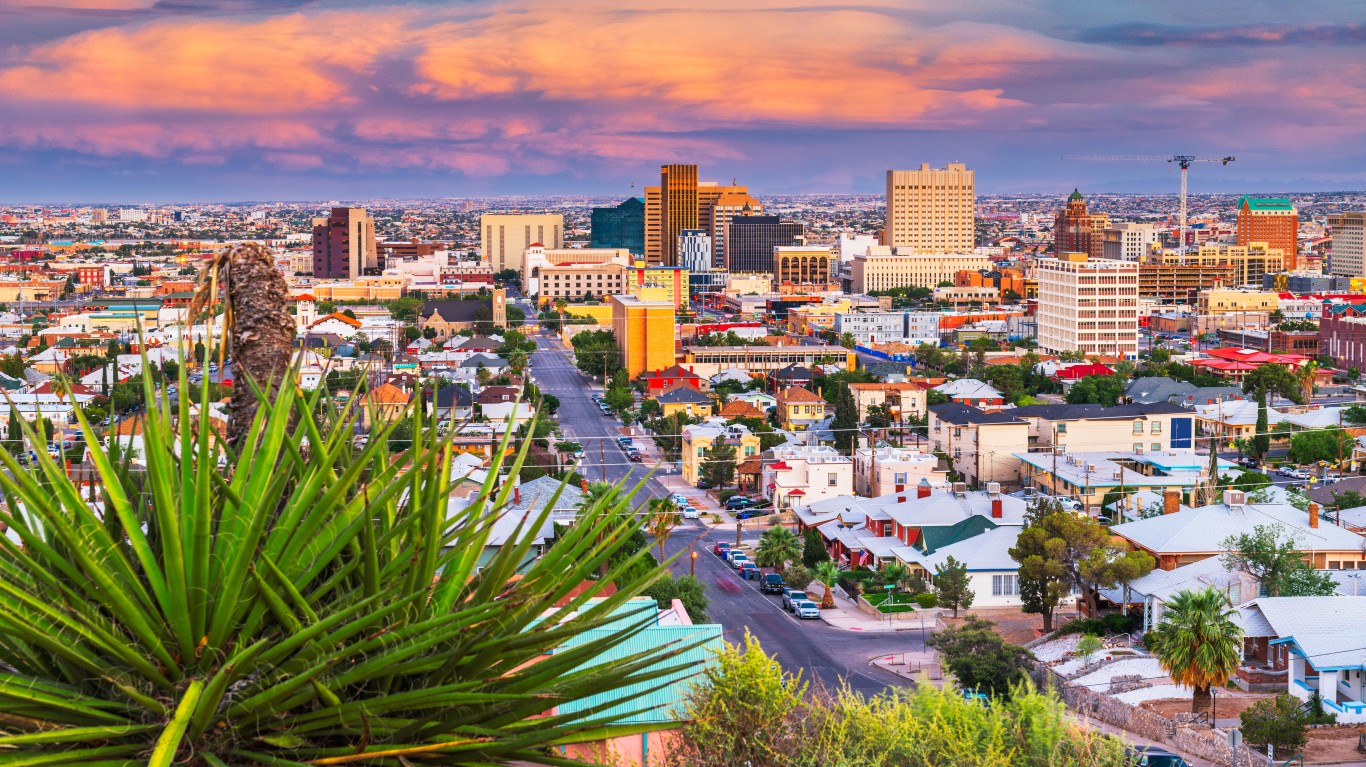
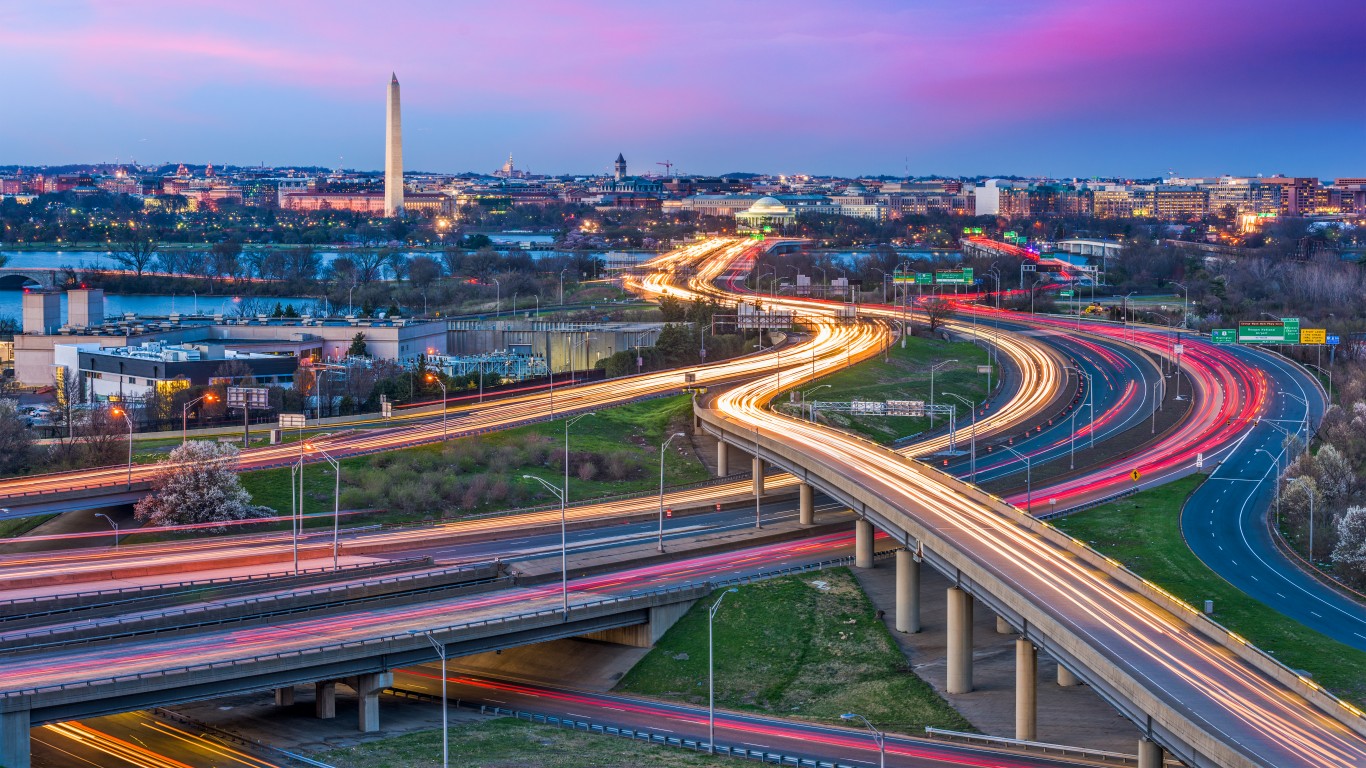
The last few years made people forget how much banks and CD’s can pay. Meanwhile, interest rates have spiked and many can afford to pay you much more, but most are keeping yields low and hoping you won’t notice.
But there is good news. To win qualified customers, some accounts are paying almost 10x the national average! That’s an incredible way to keep your money safe and earn more at the same time. Our top pick for high yield savings accounts includes other benefits as well. You can earn up to 3.80% with a Checking & Savings Account today Sign up and get up to $300 with direct deposit. No account fees. FDIC Insured.
Click here to see how much more you could be earning on your savings today. It takes just a few minutes to open an account to make your money work for you.
Thank you for reading! Have some feedback for us?
Contact the 24/7 Wall St. editorial team.